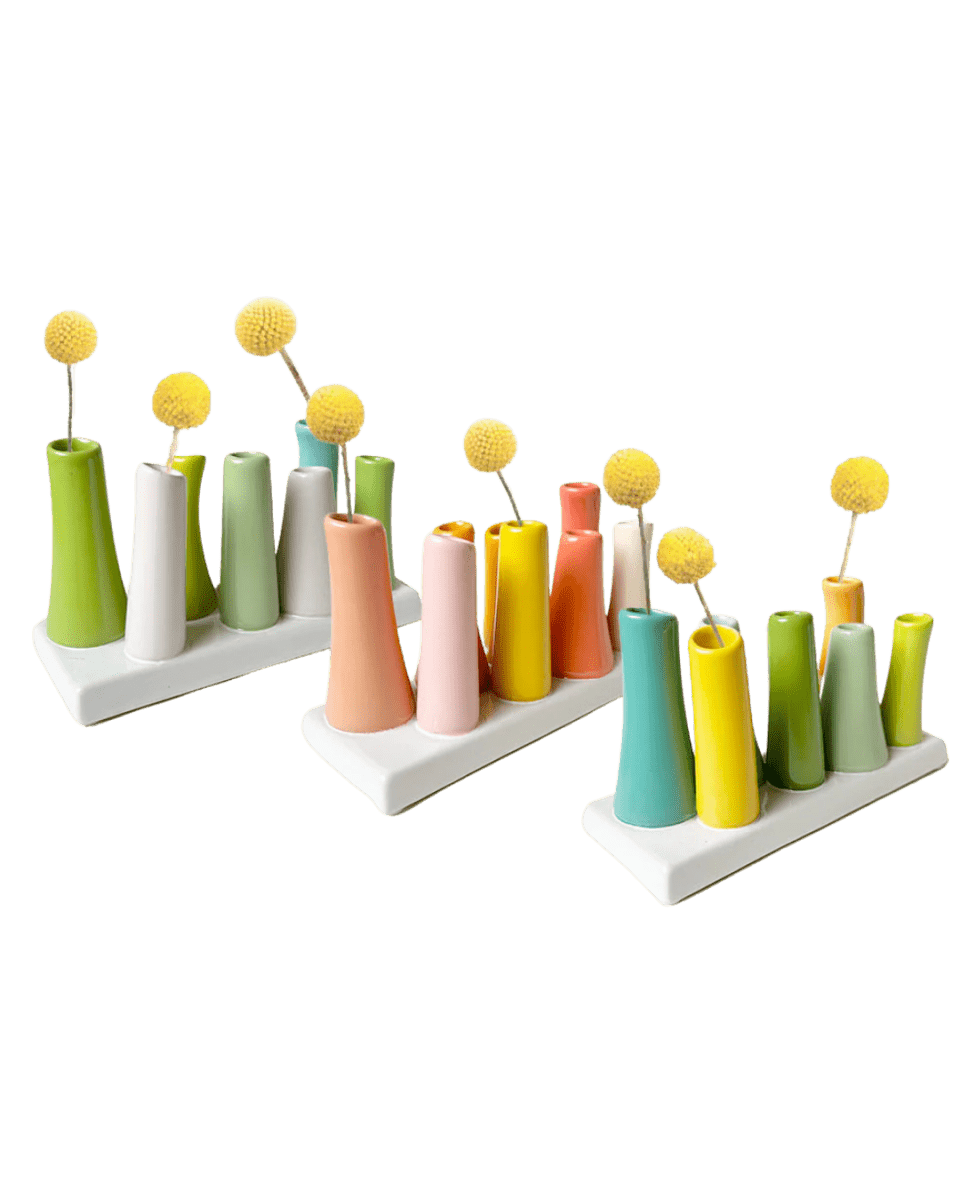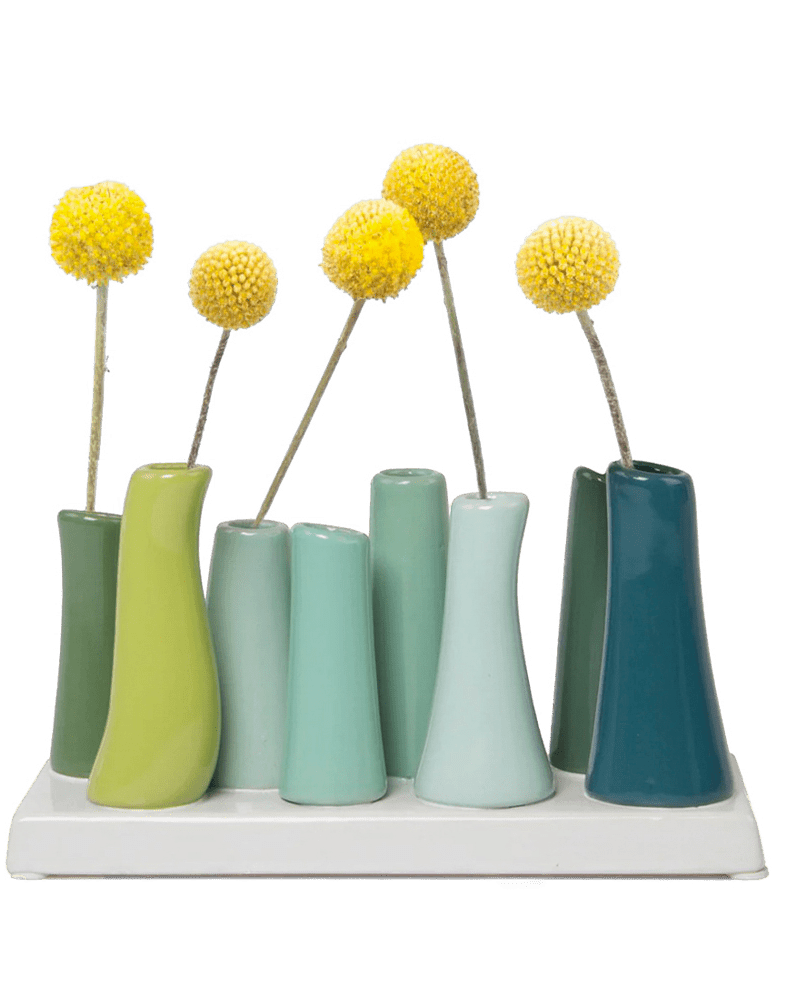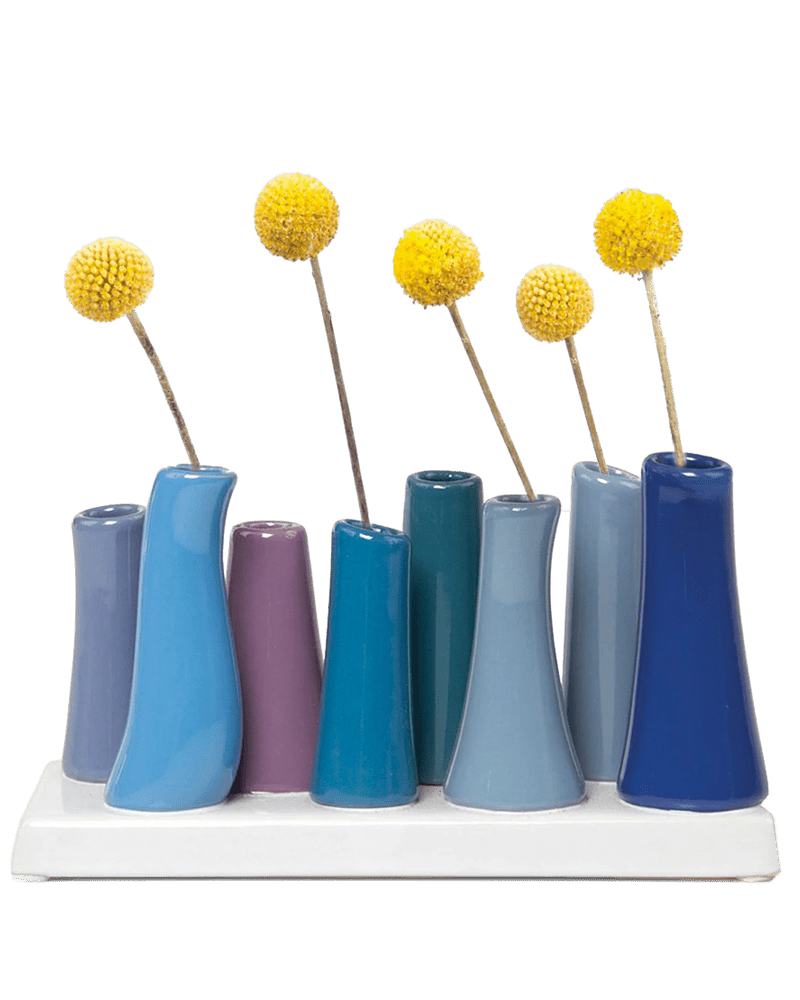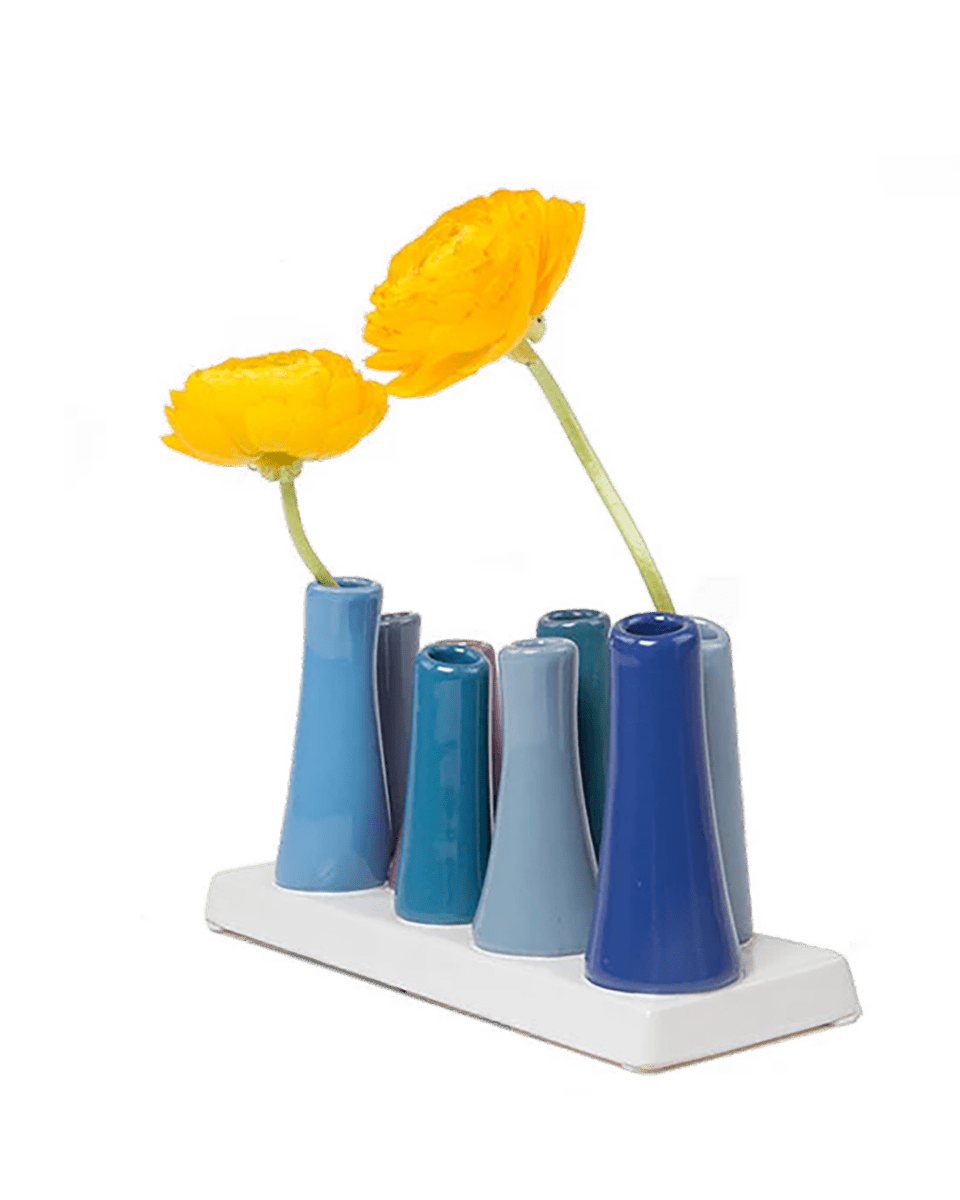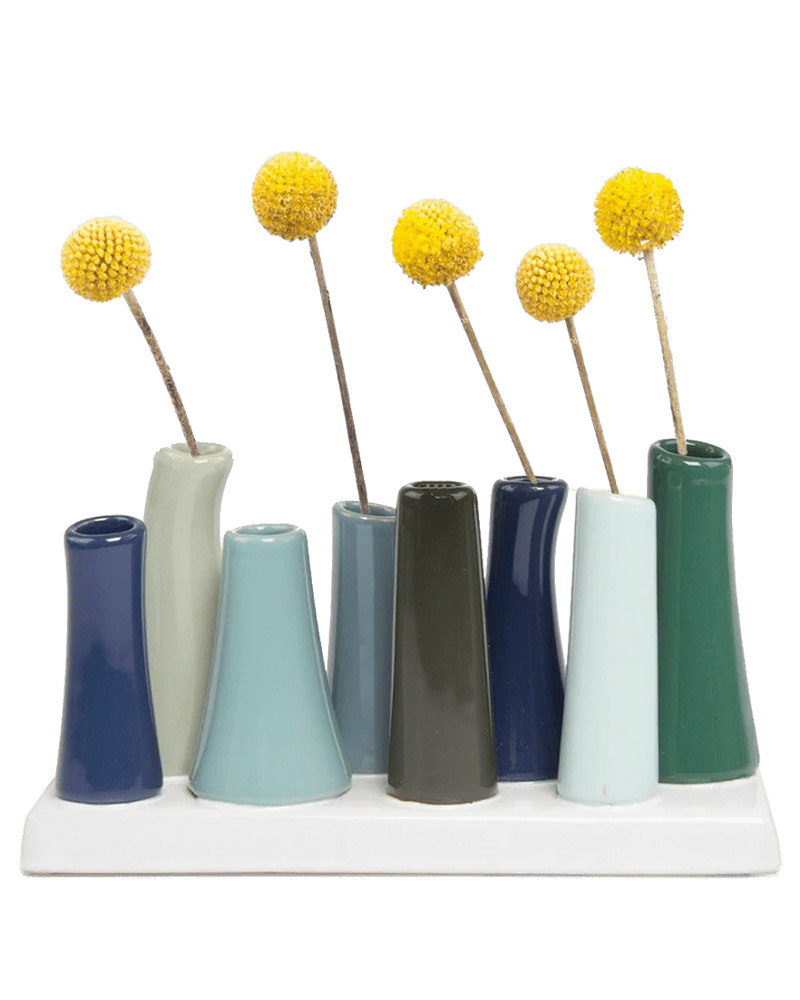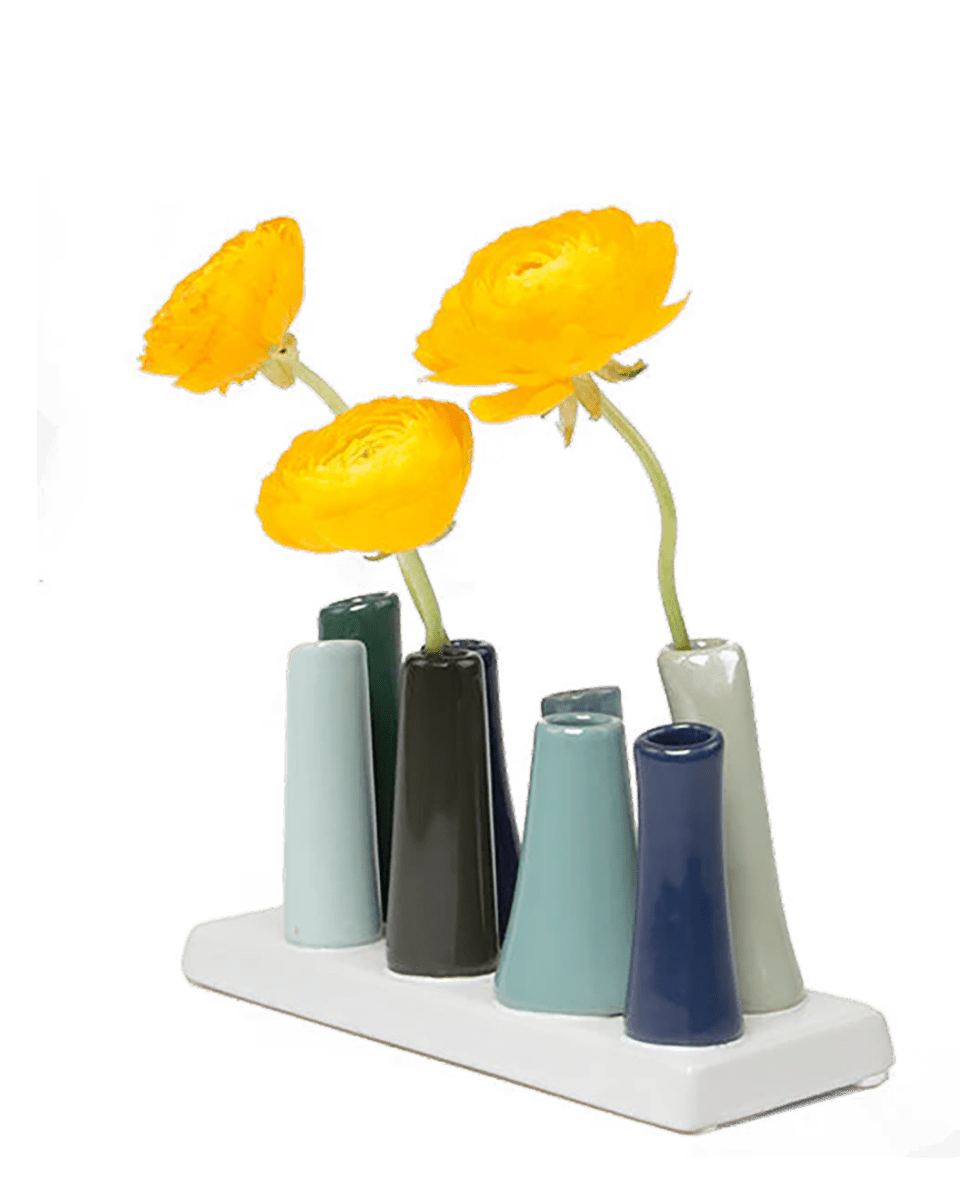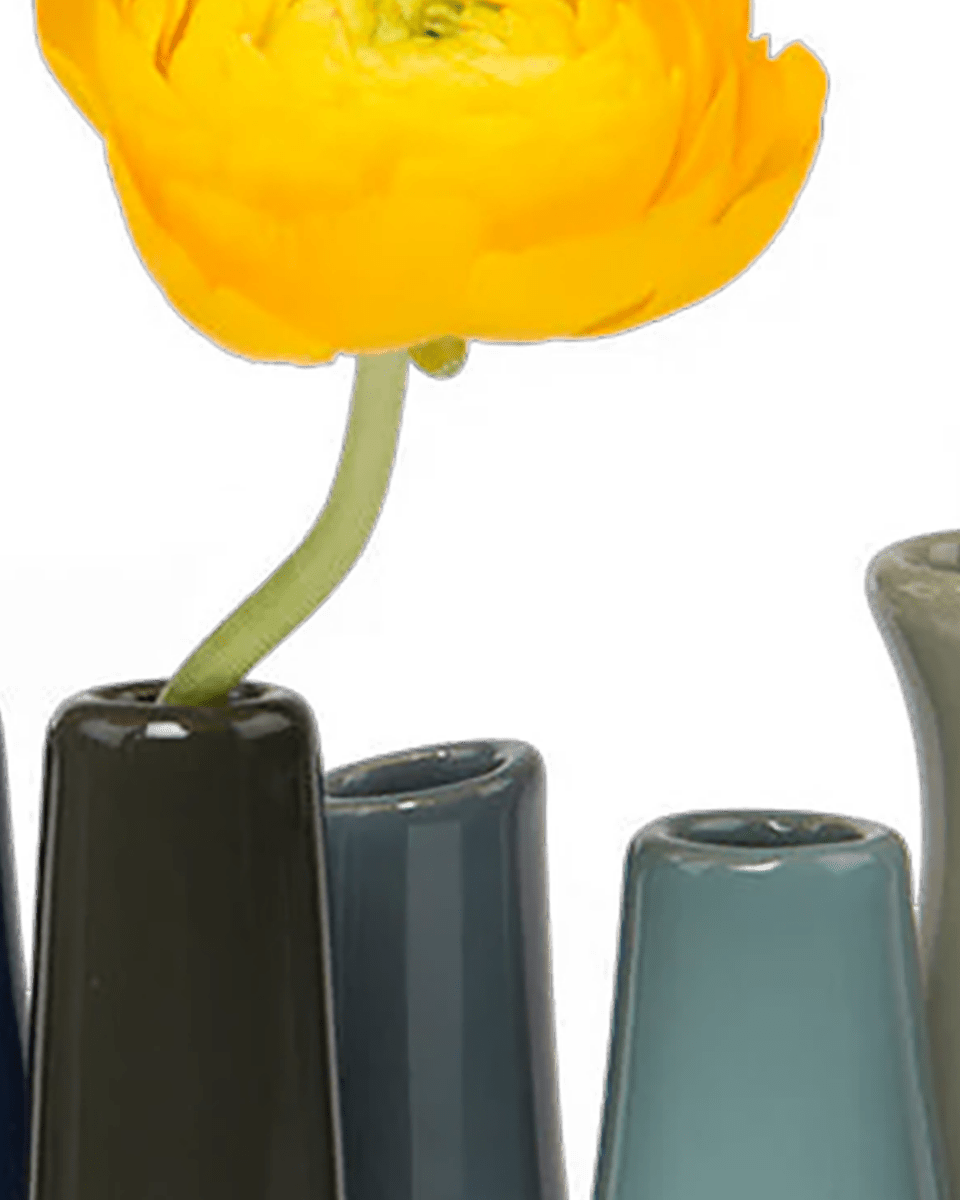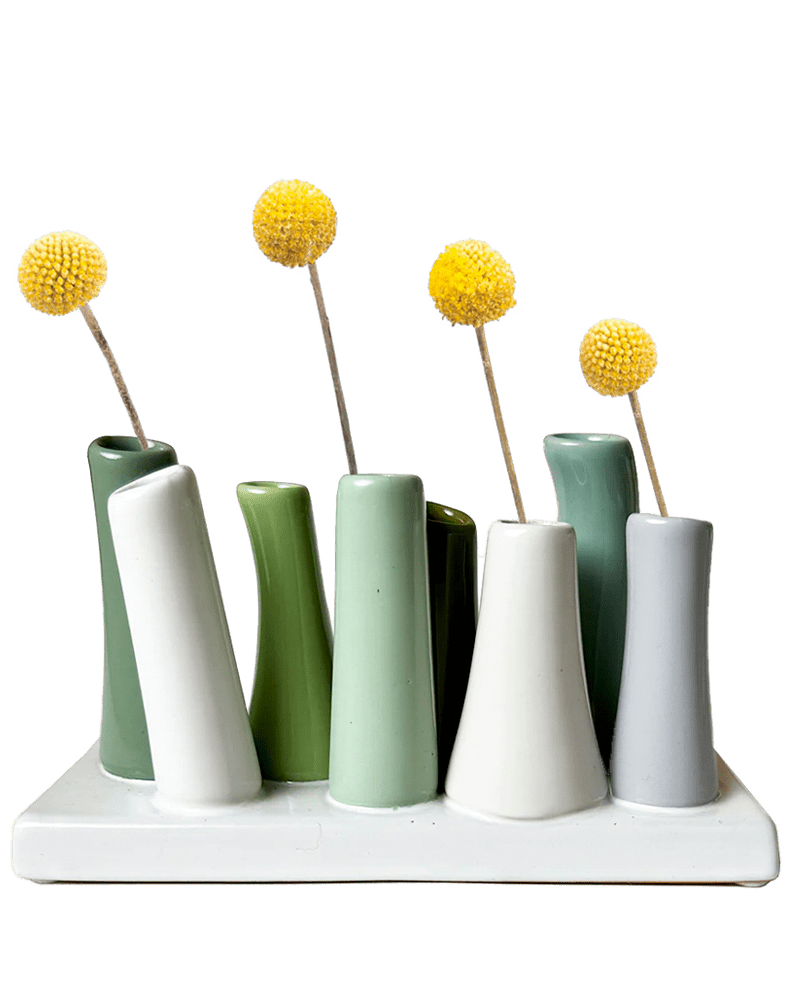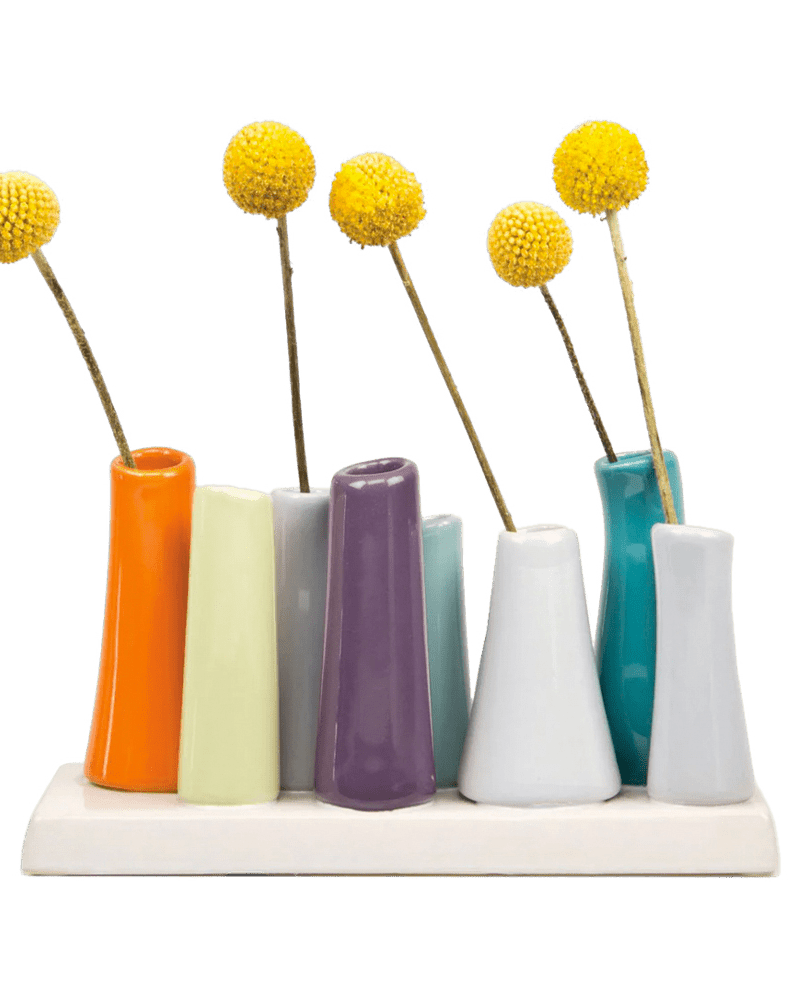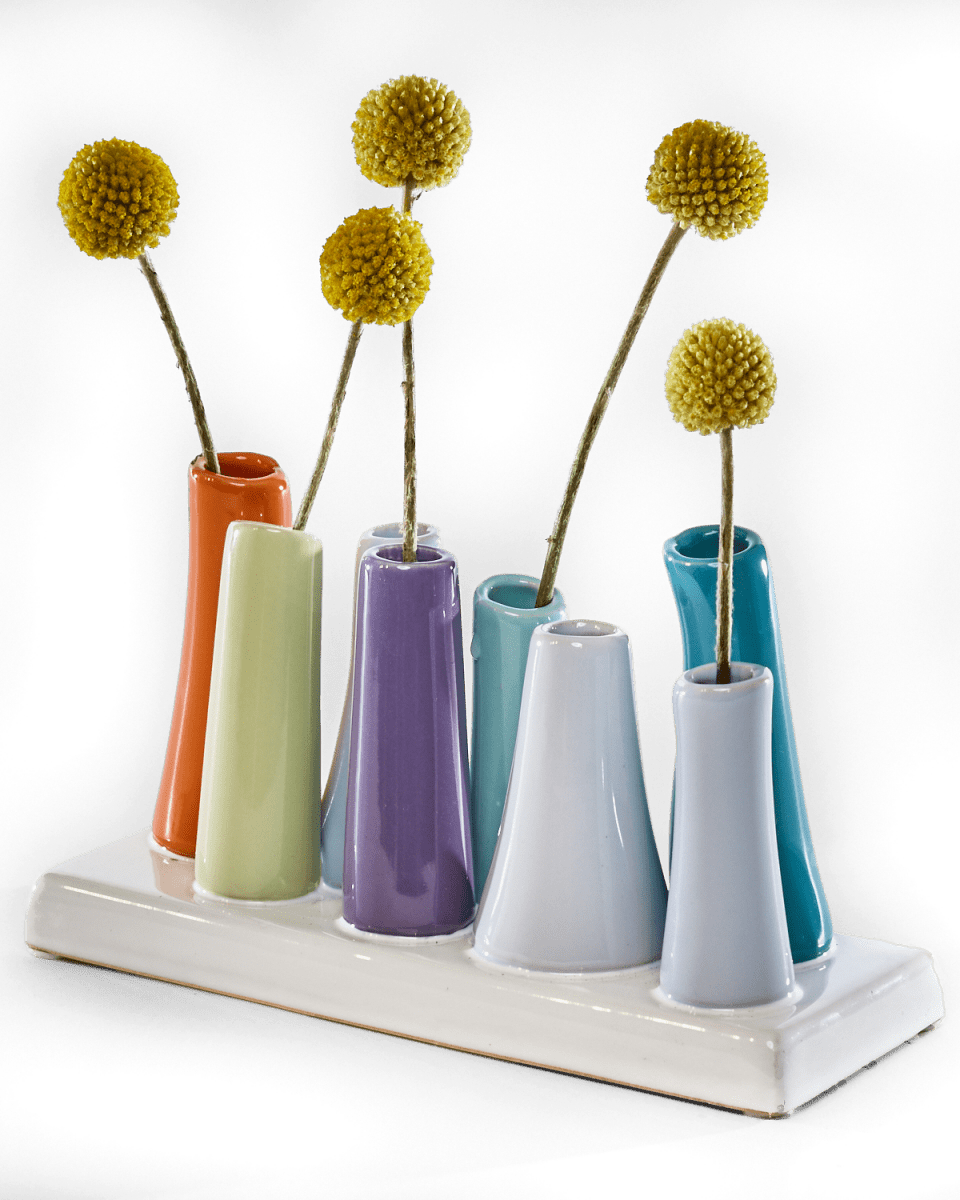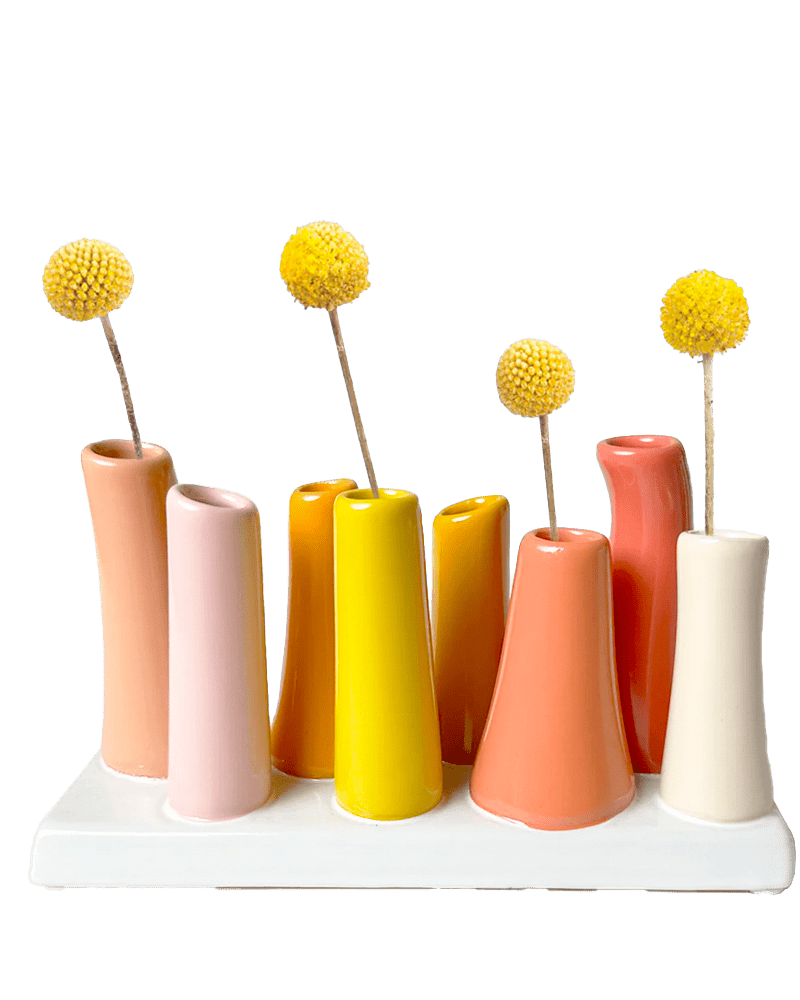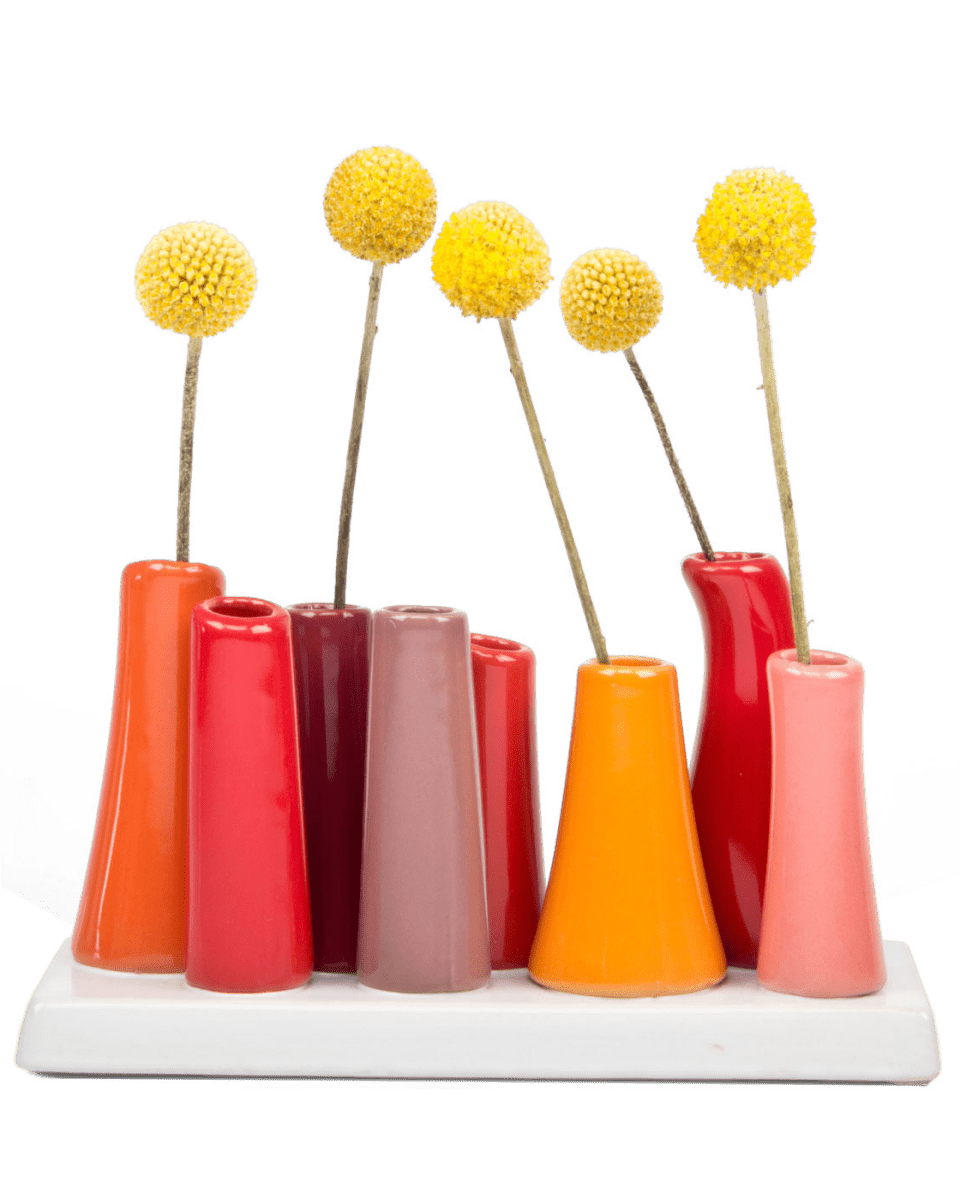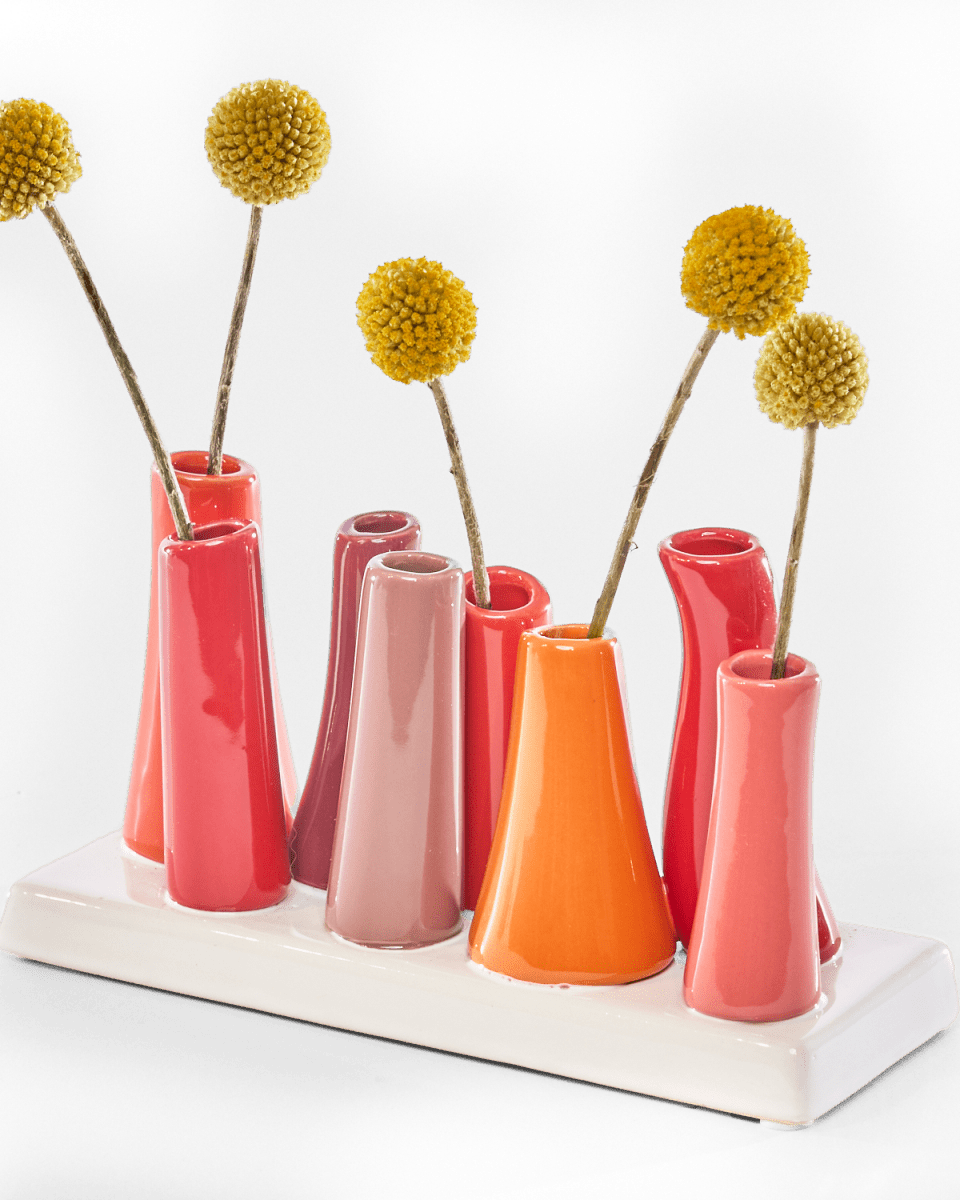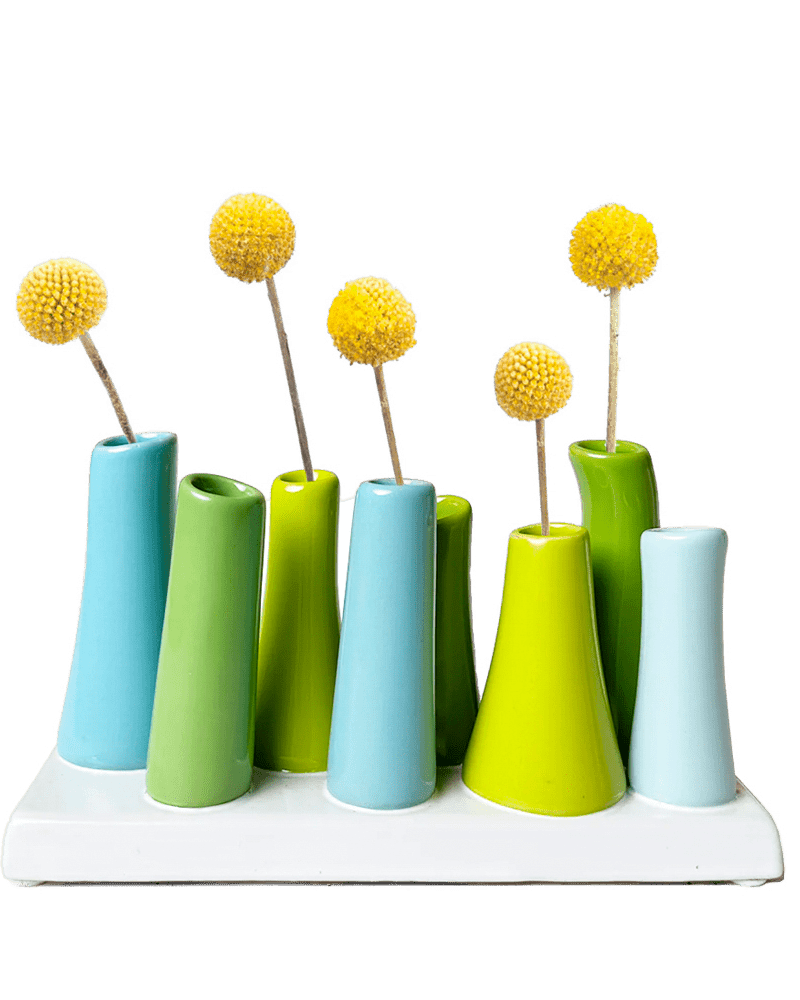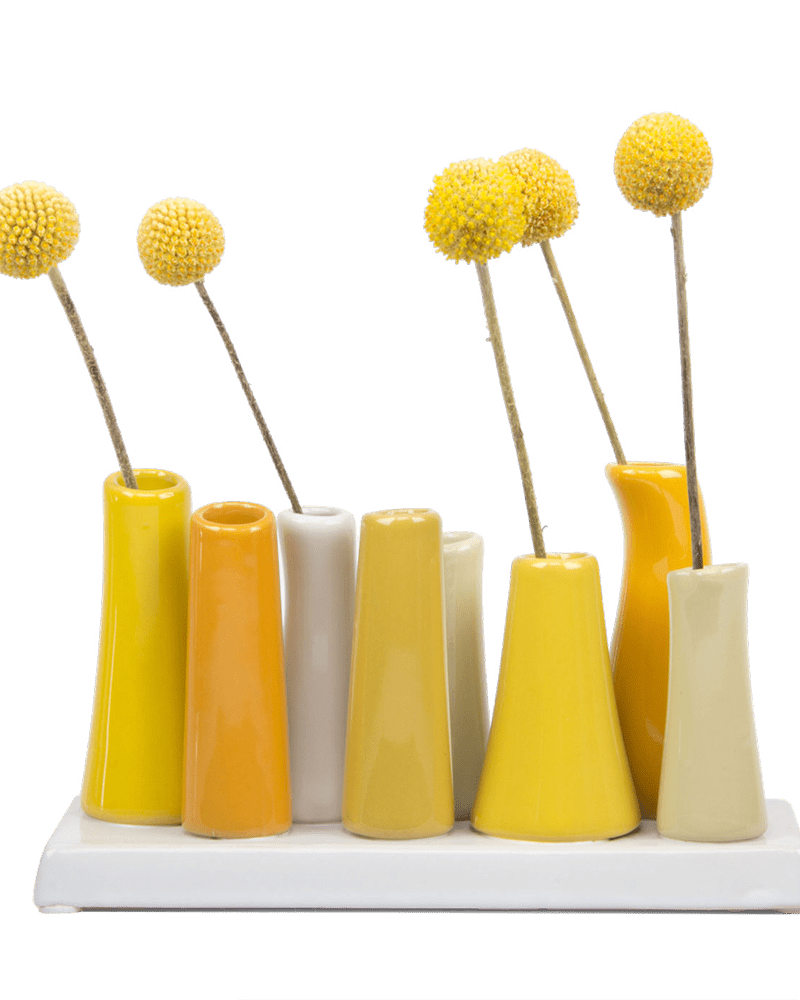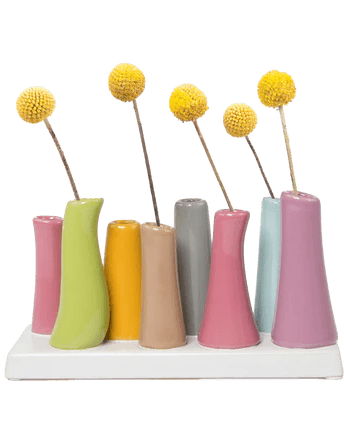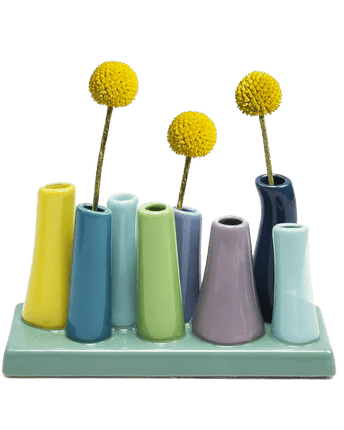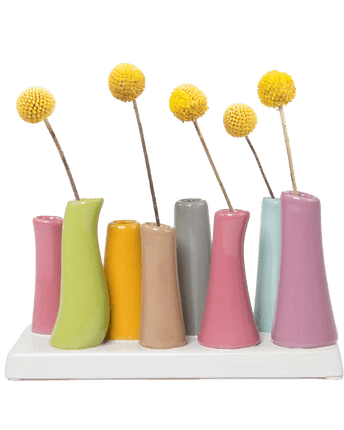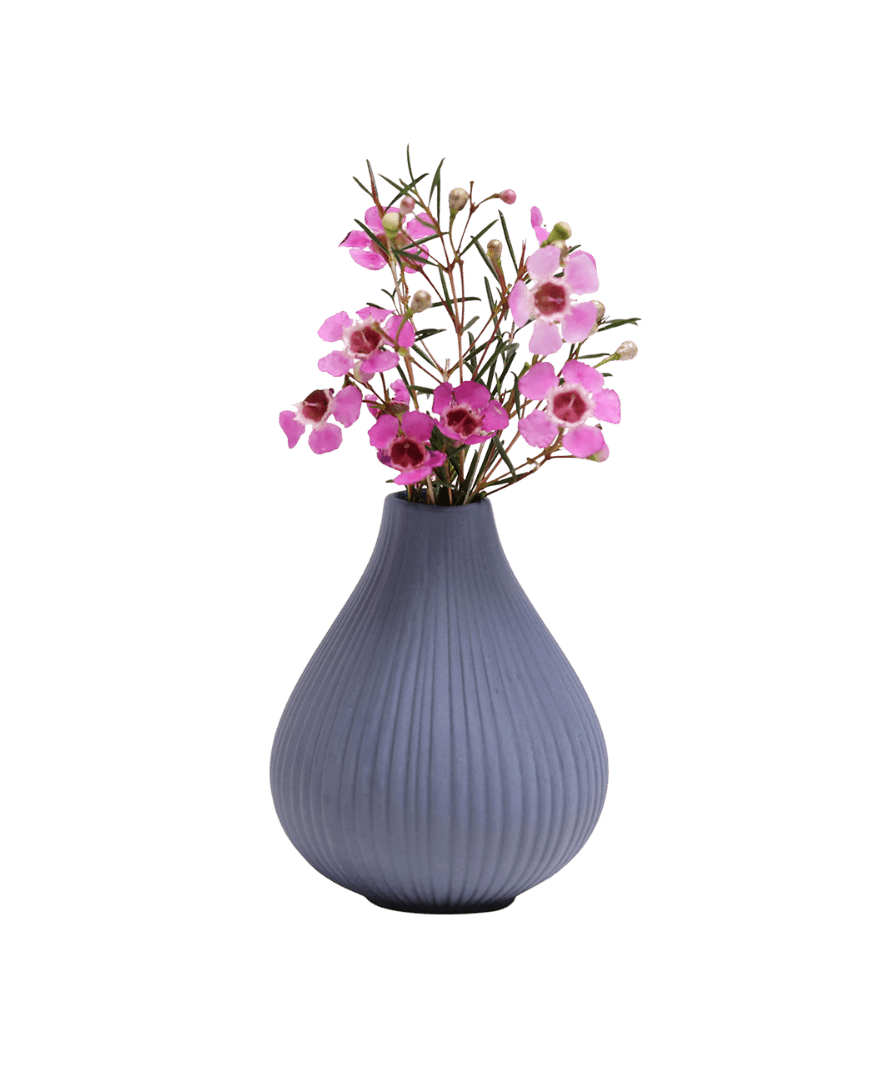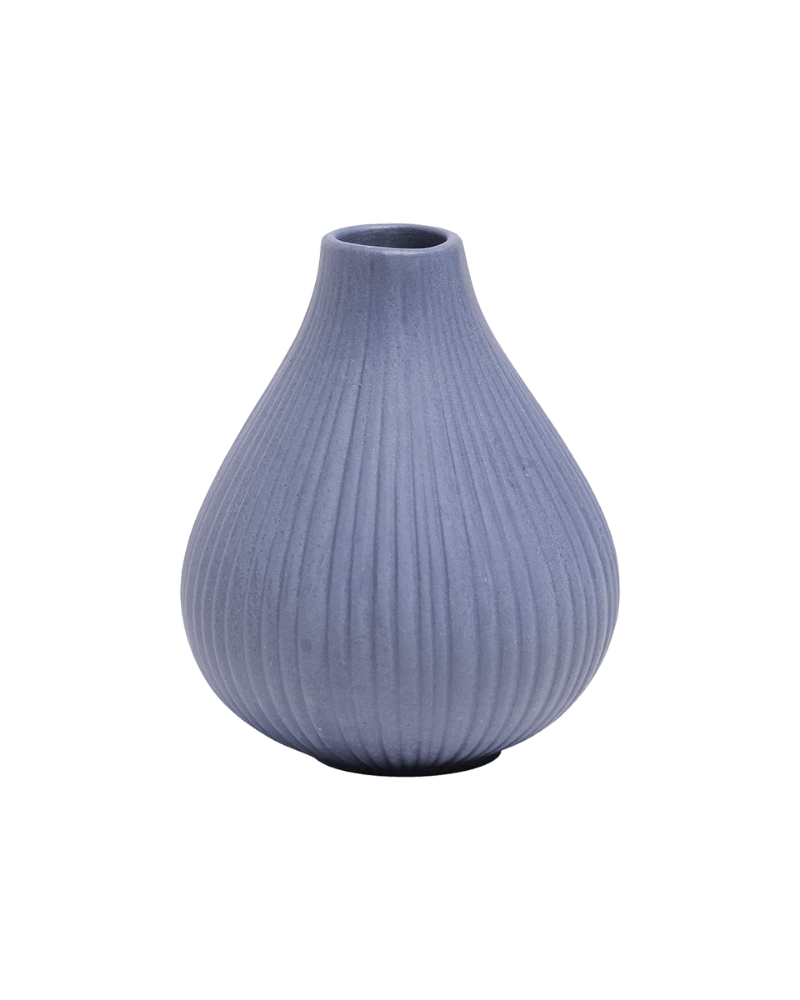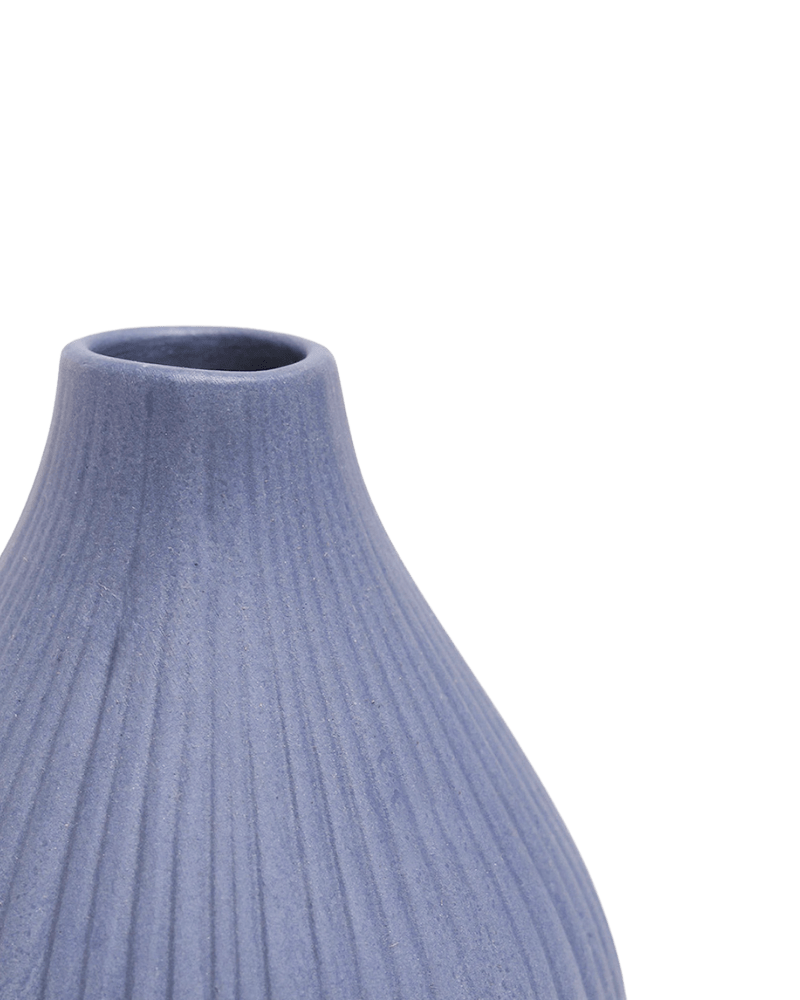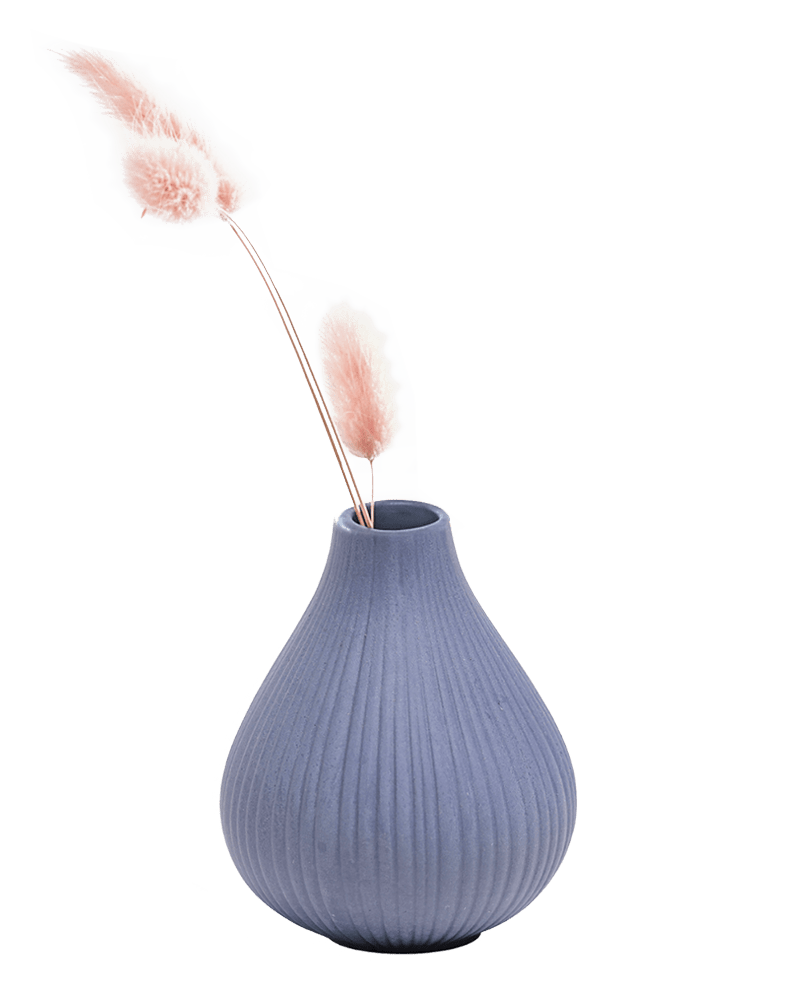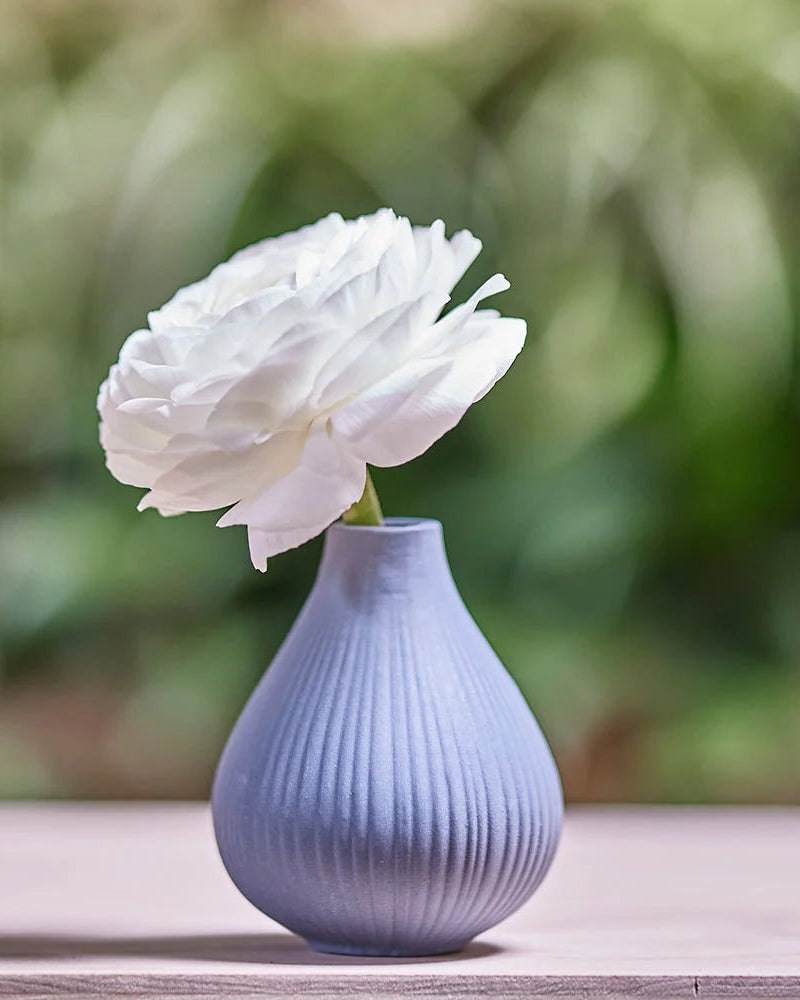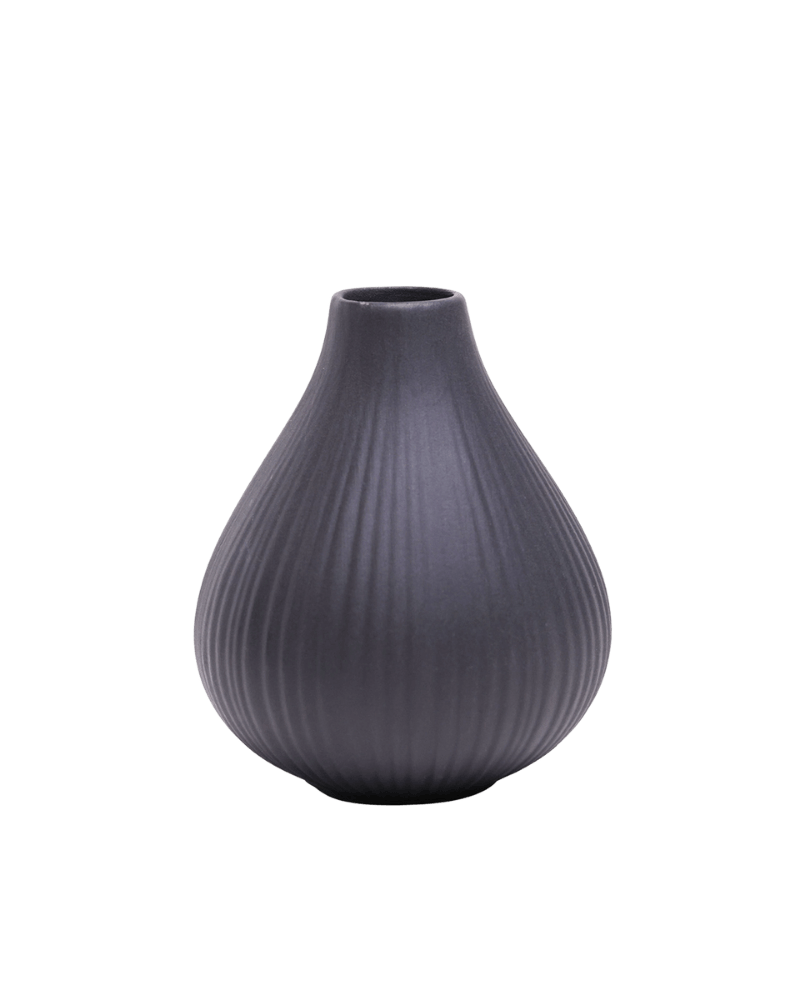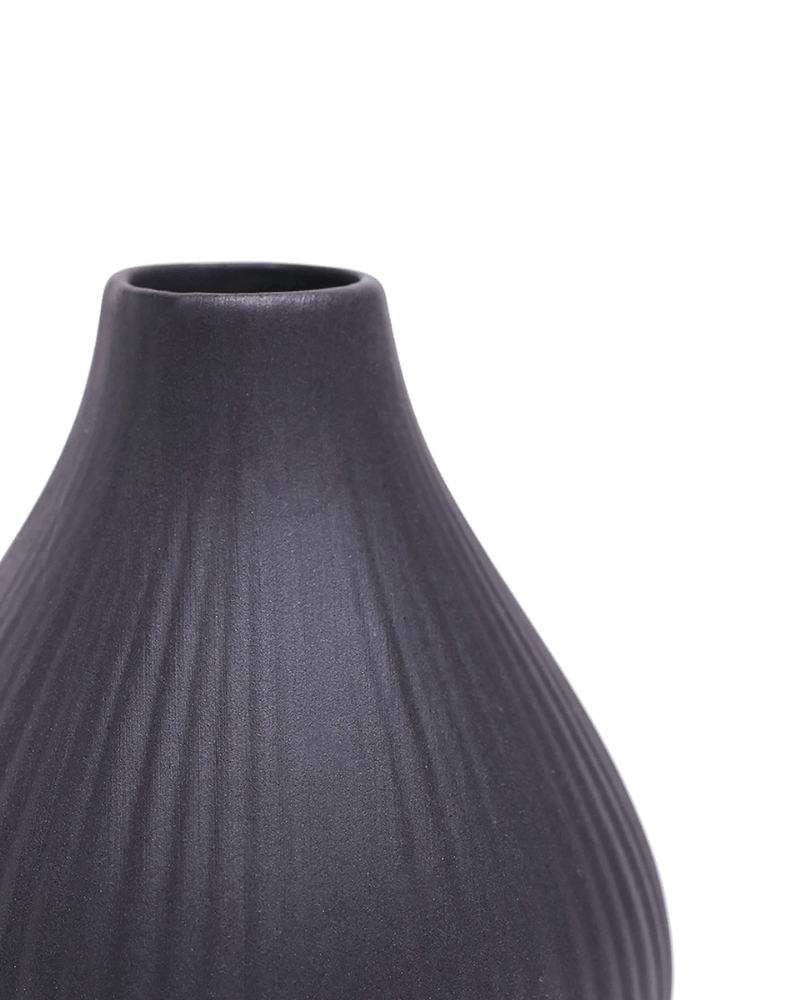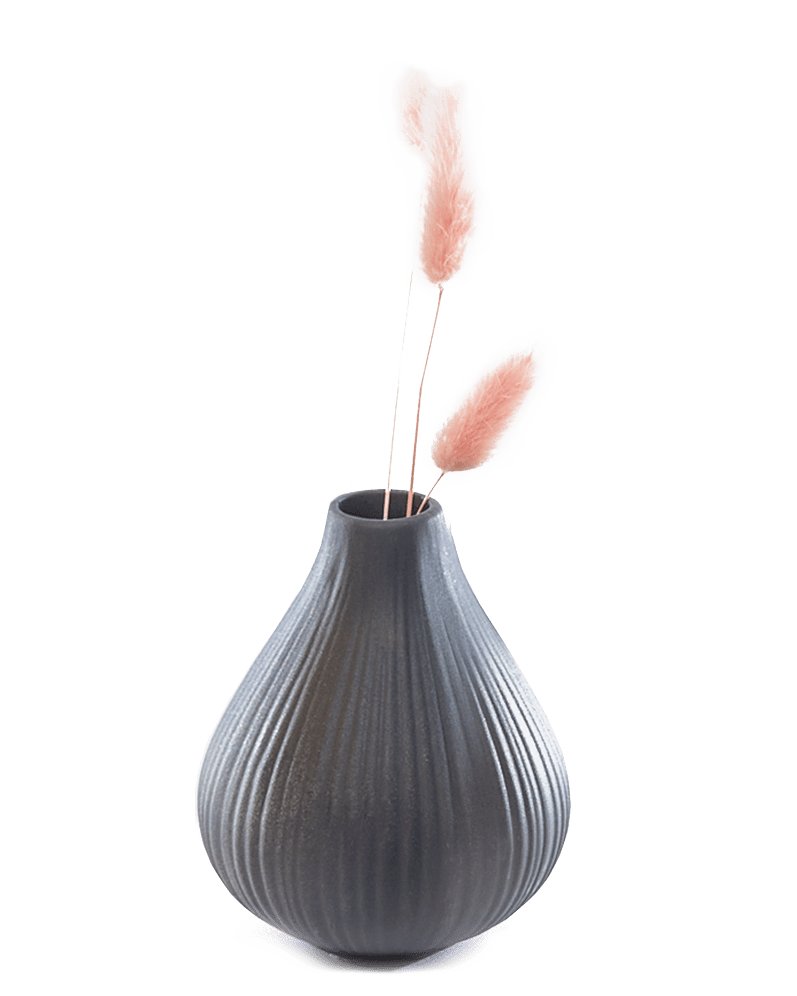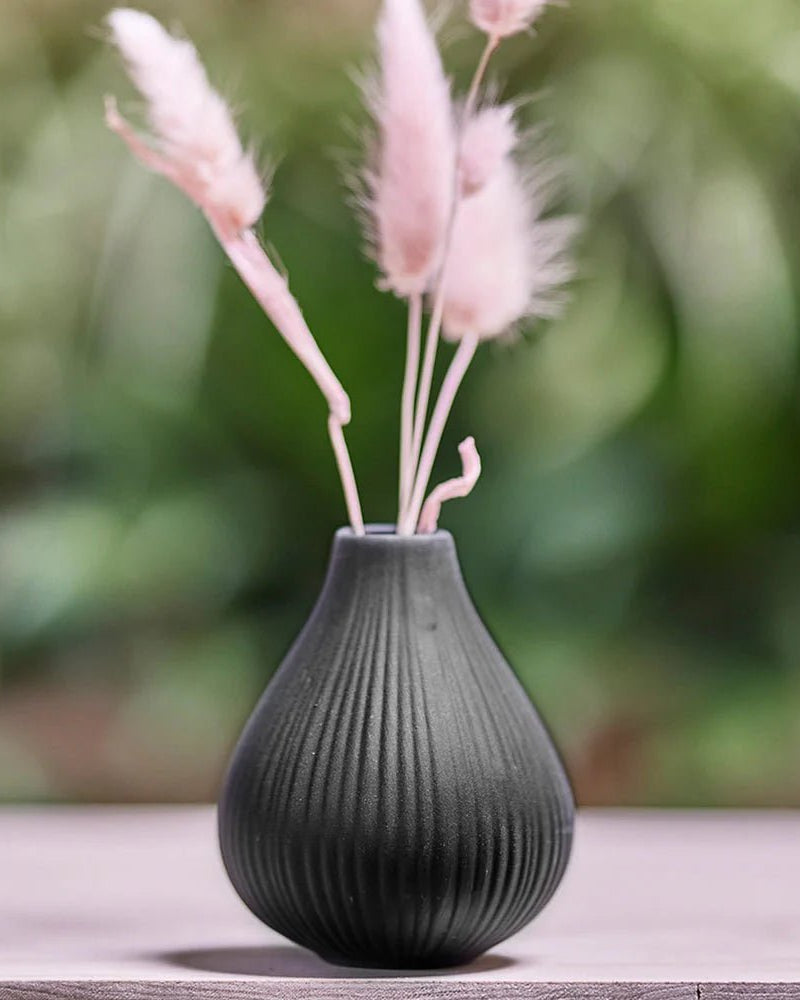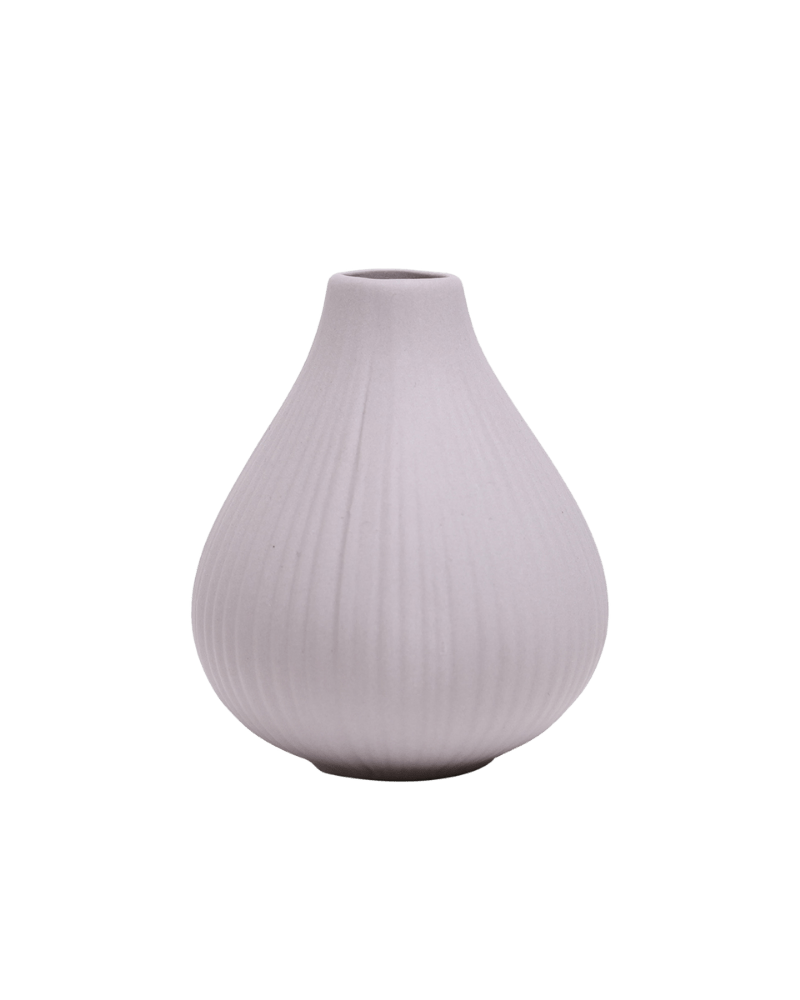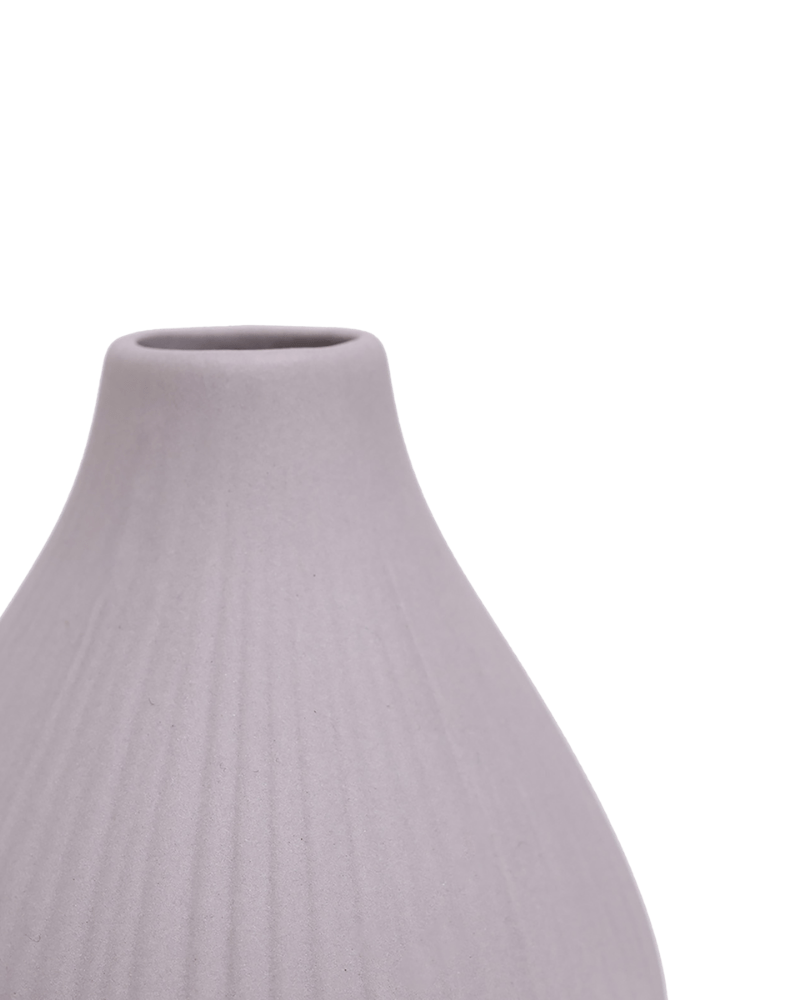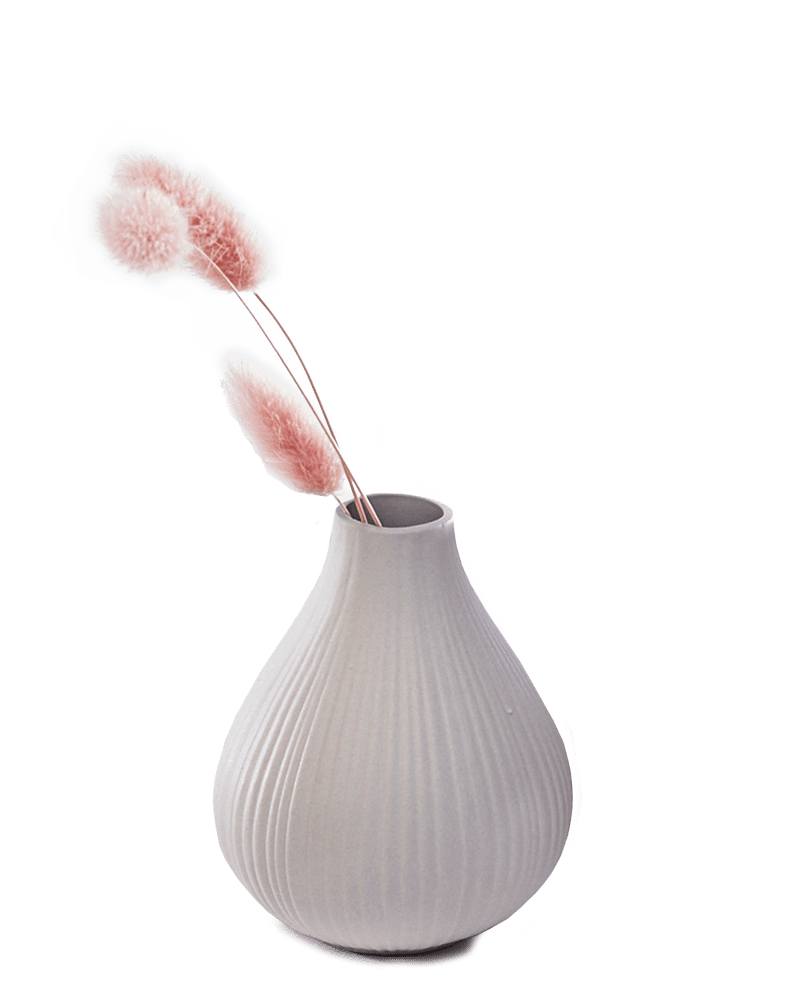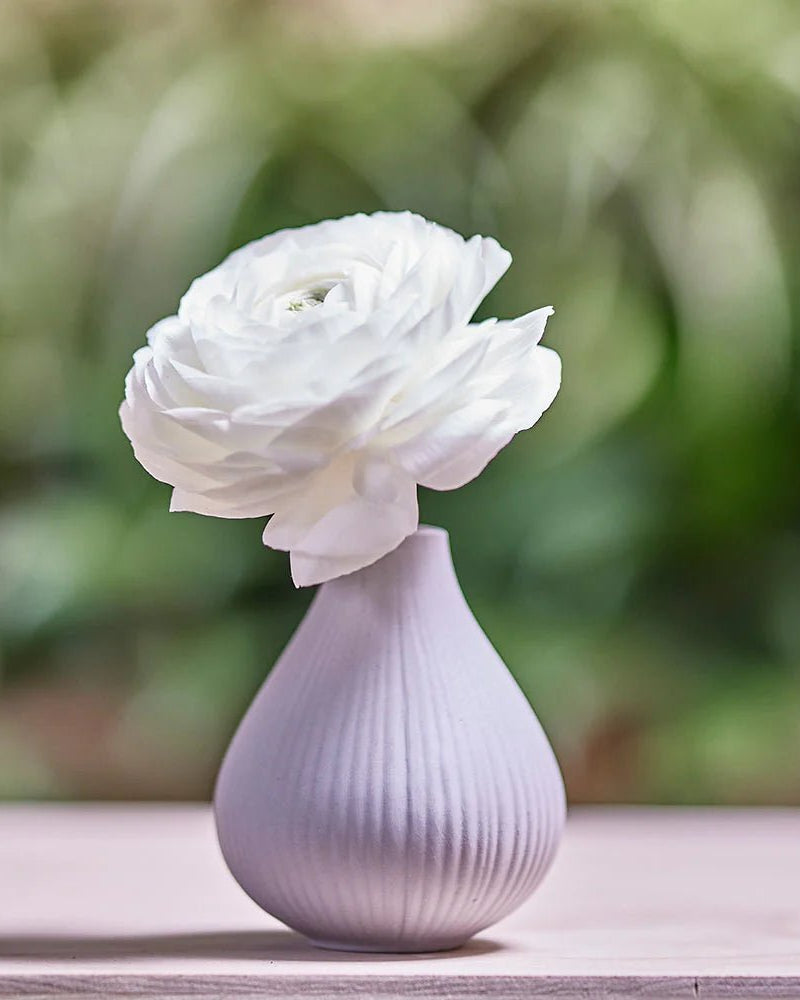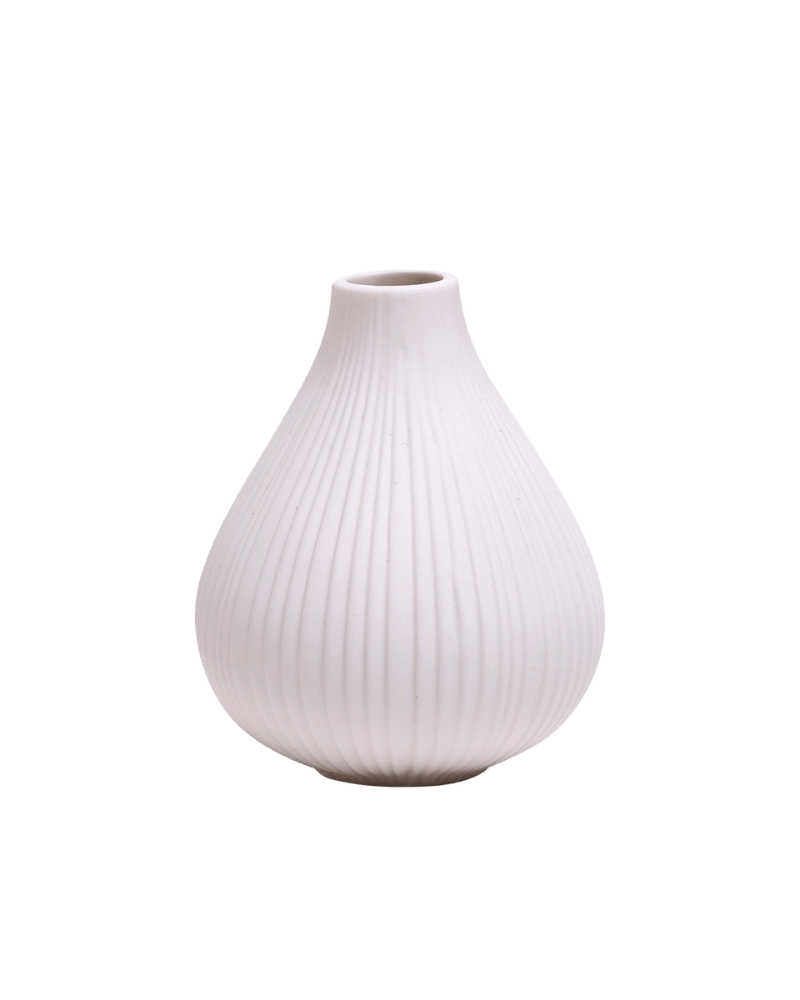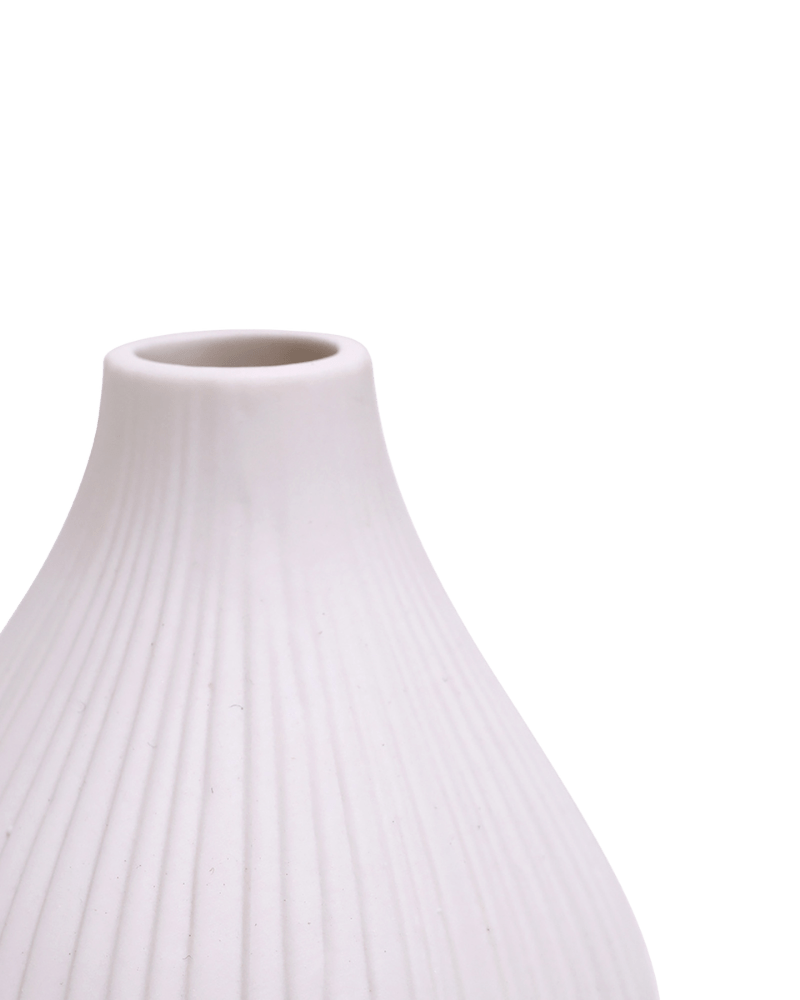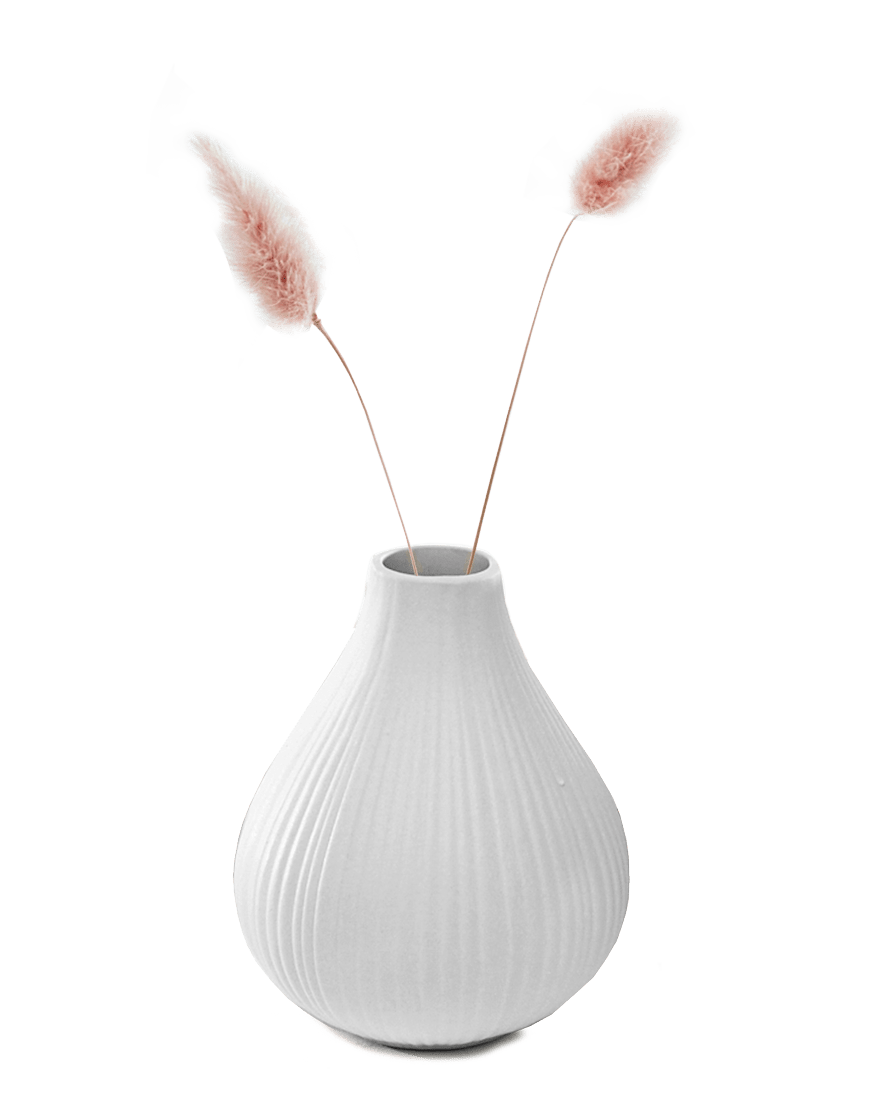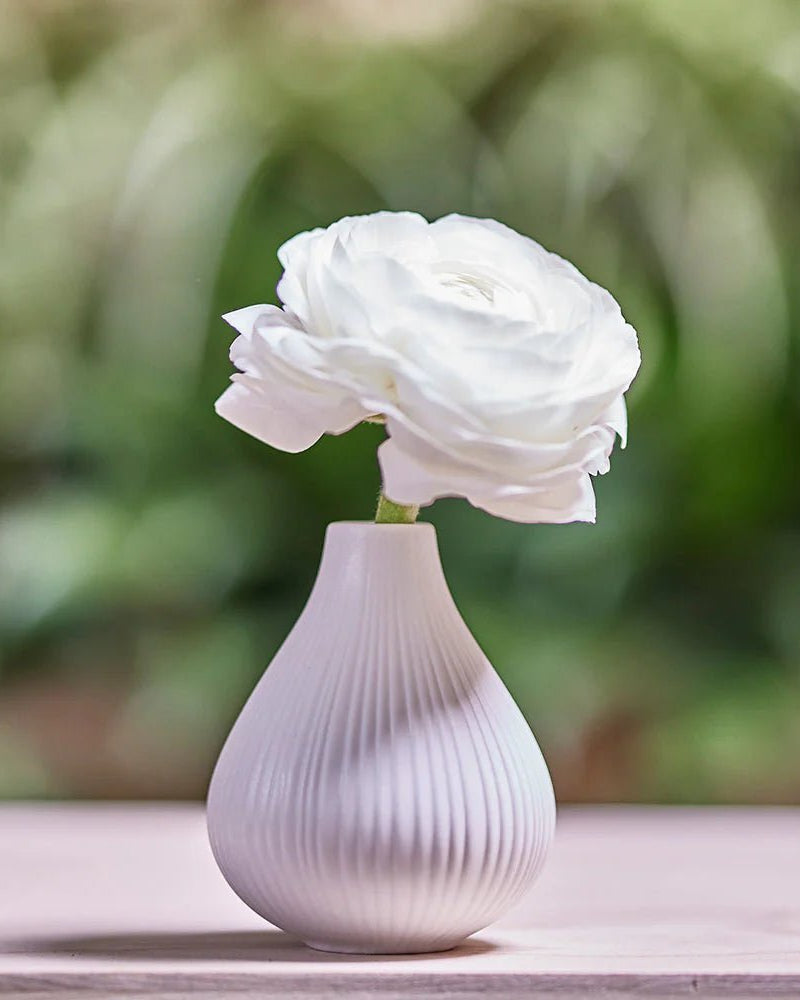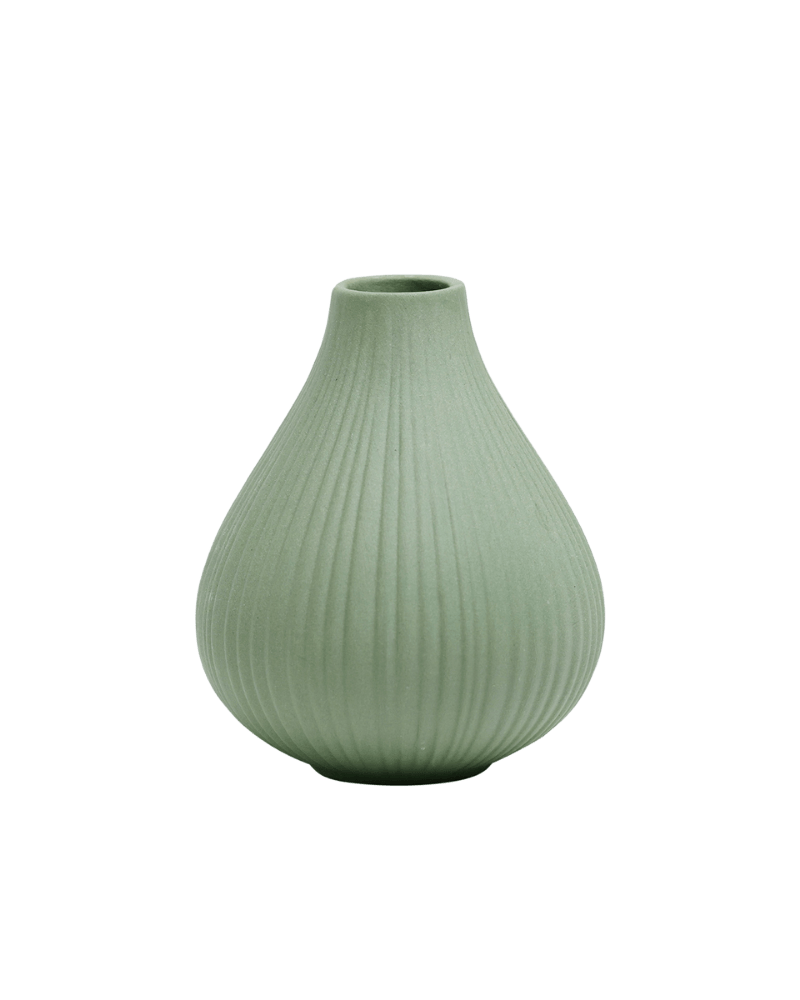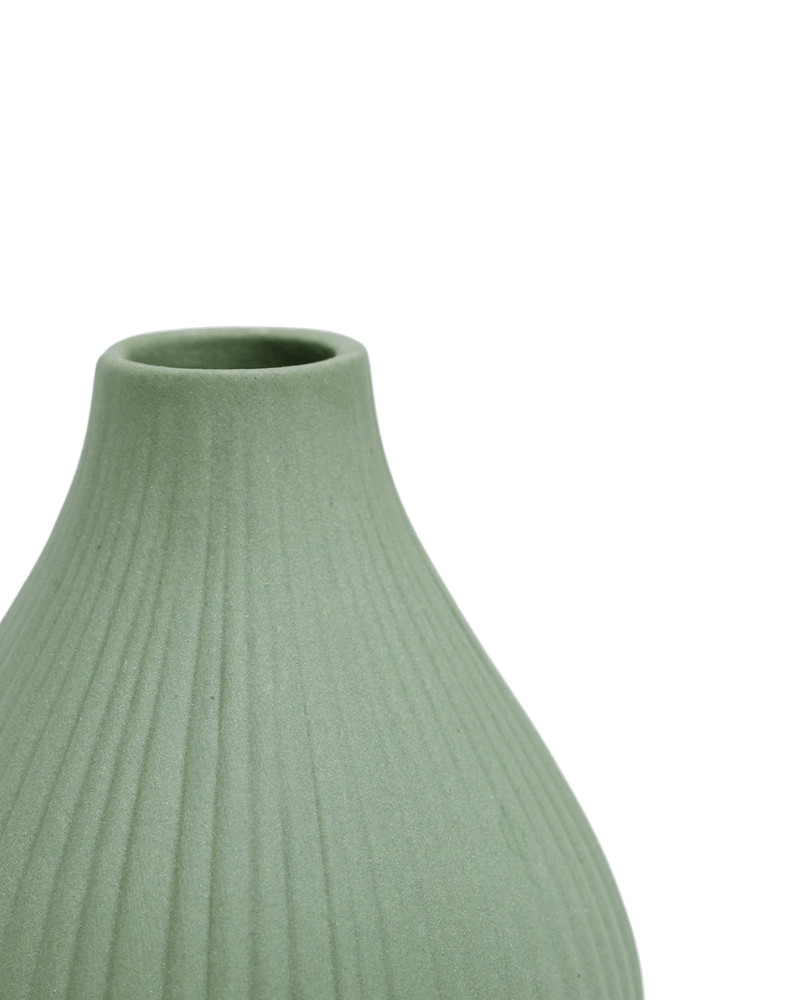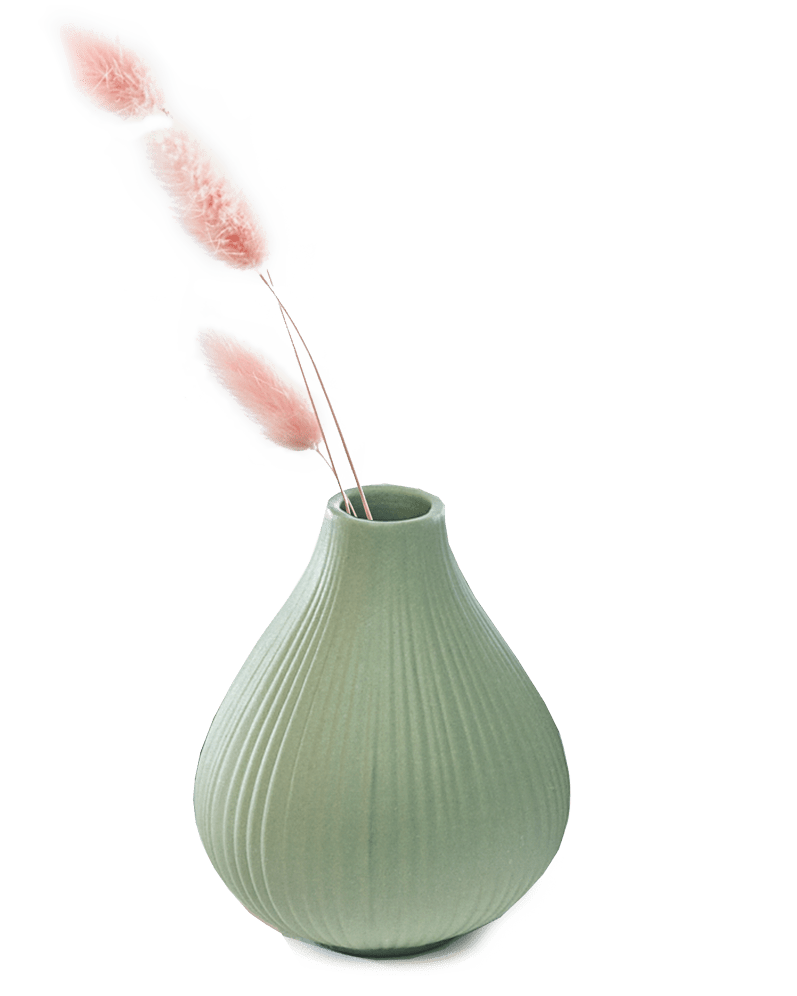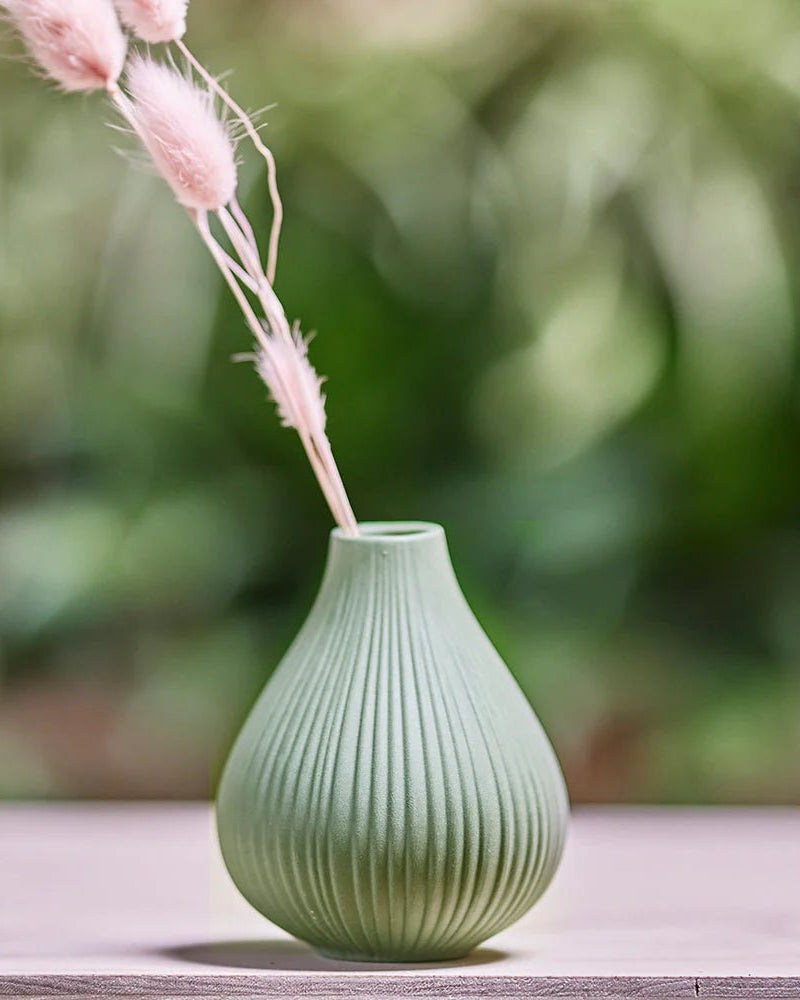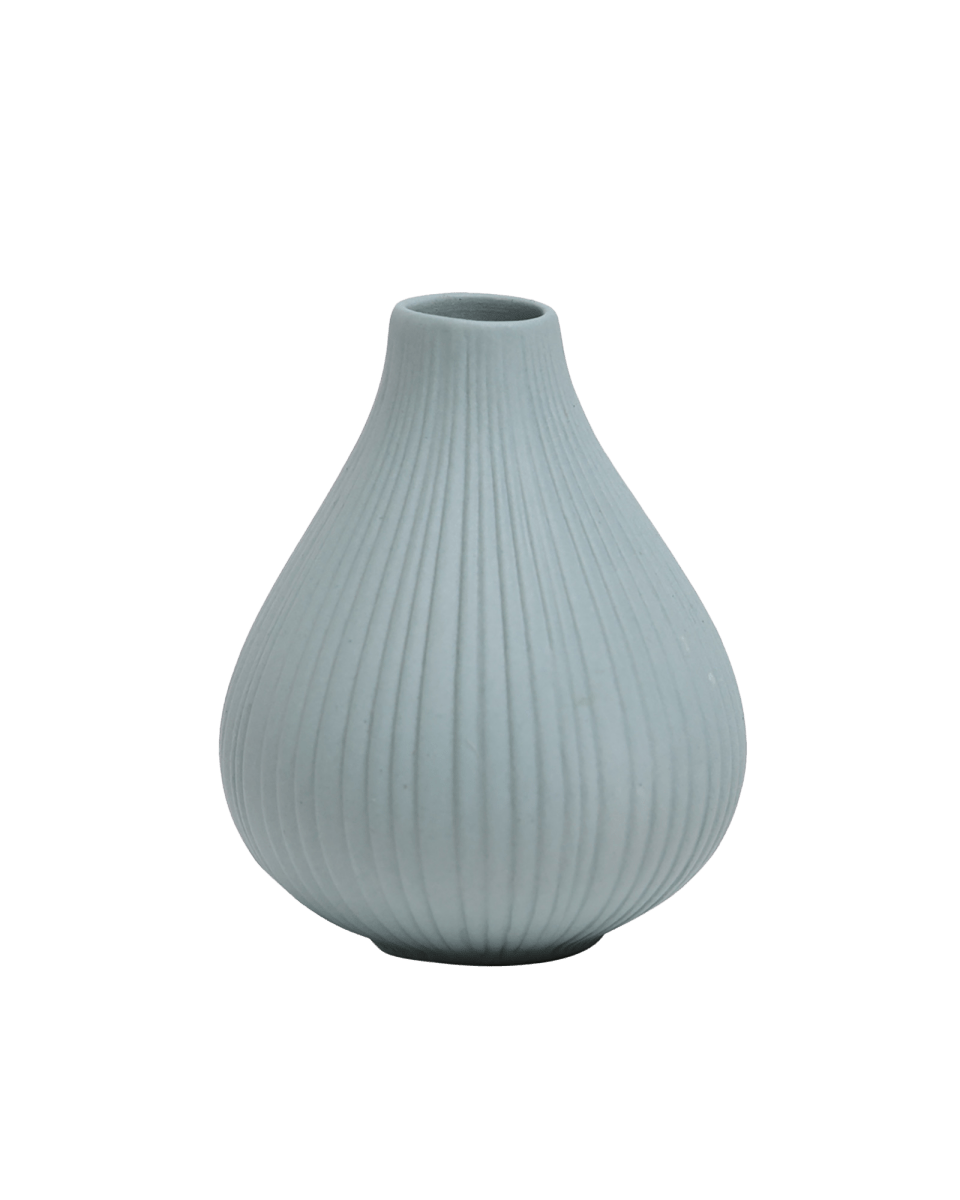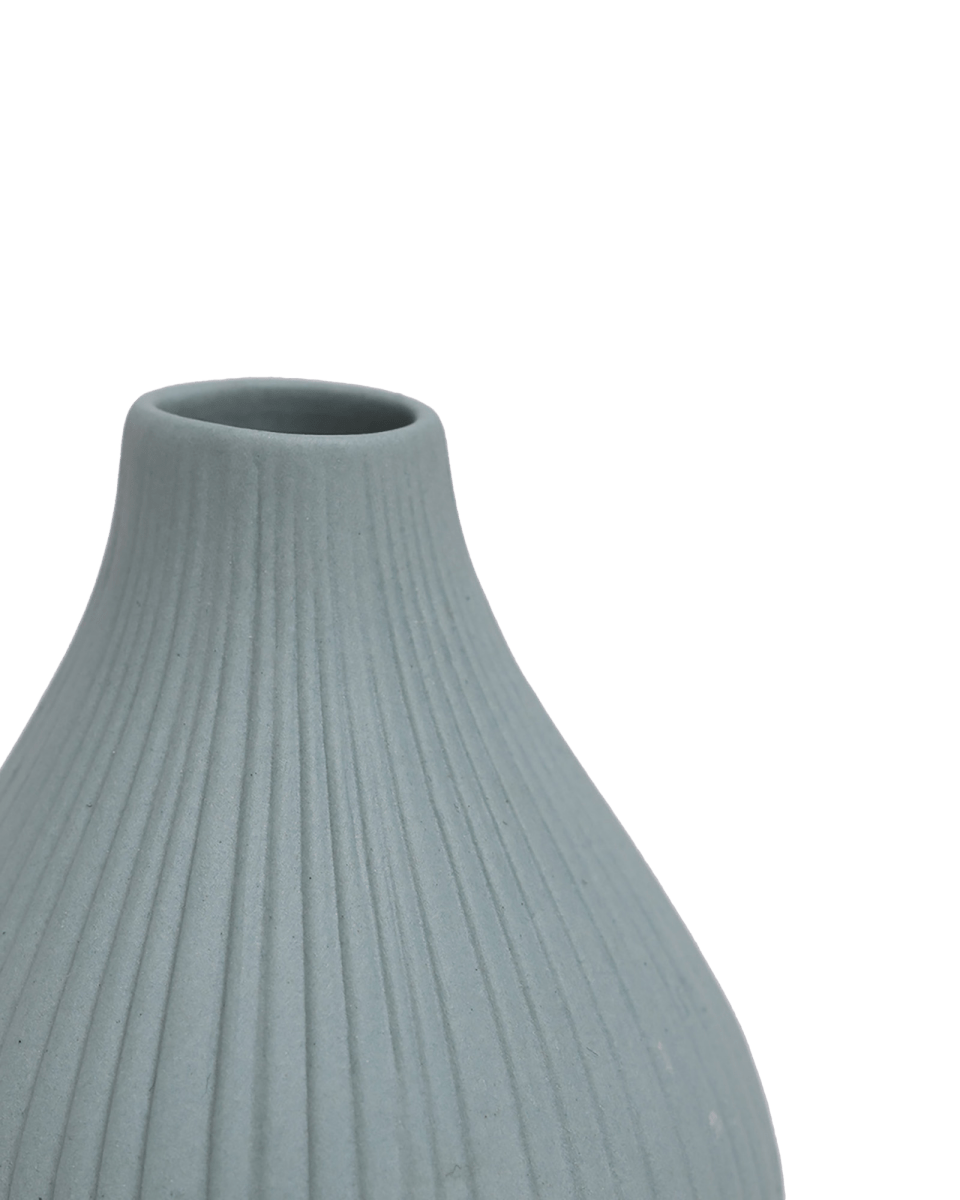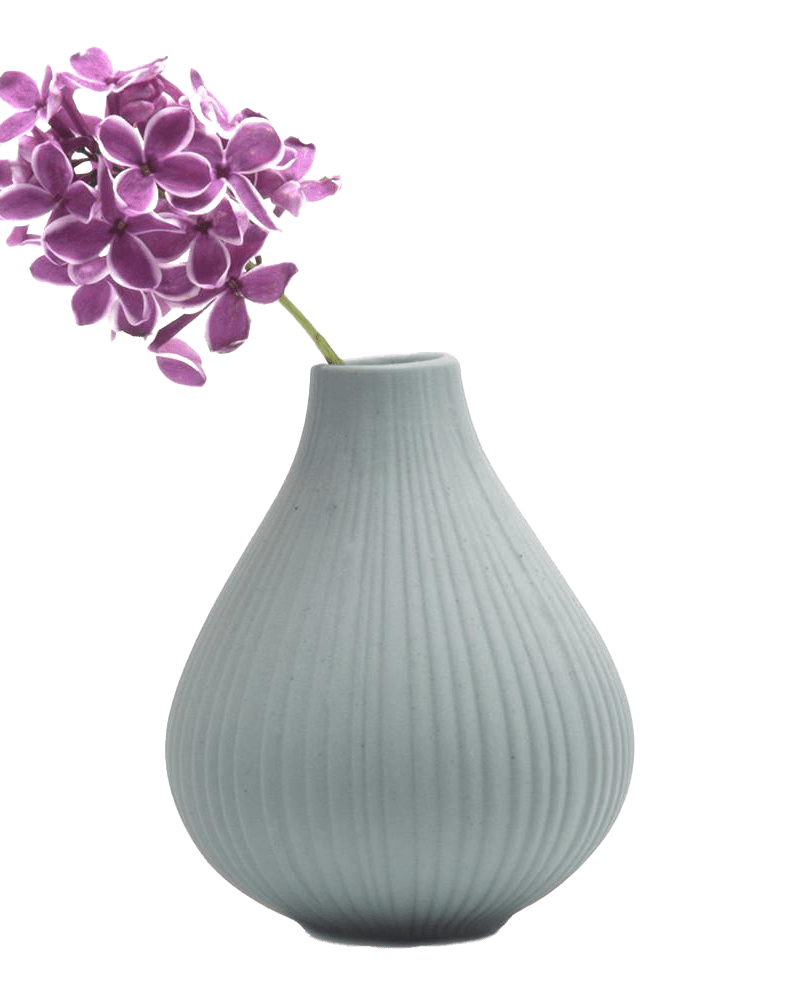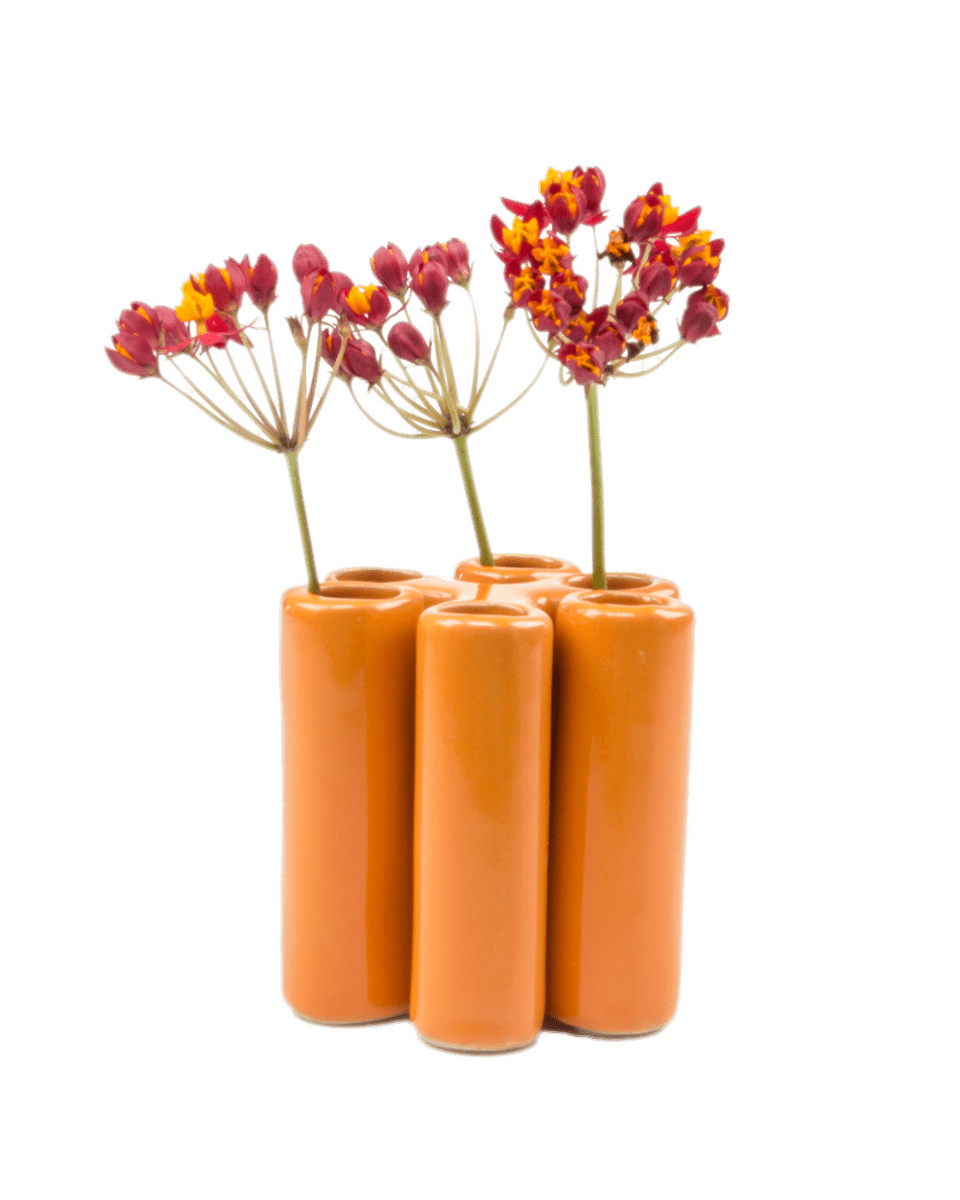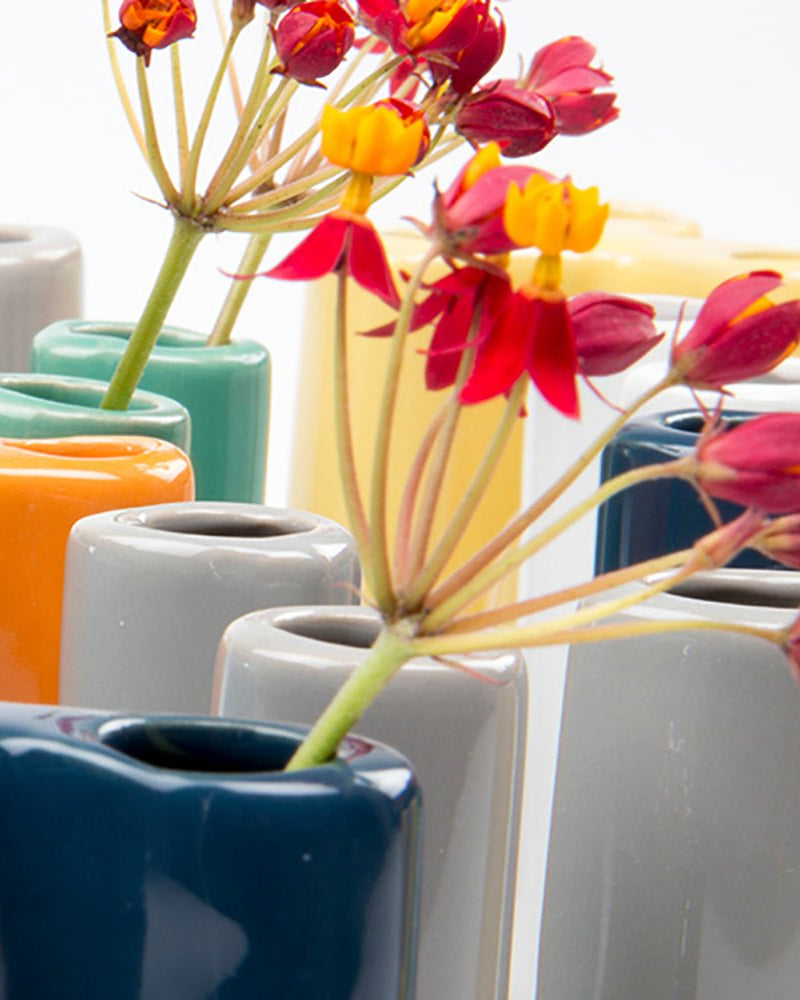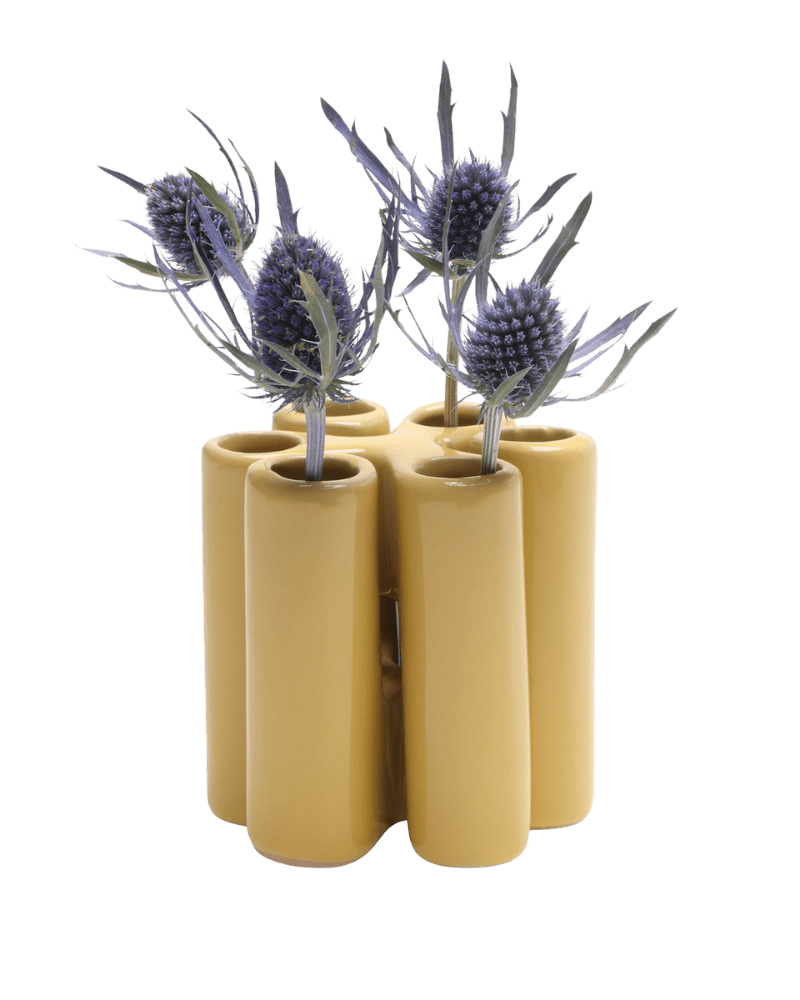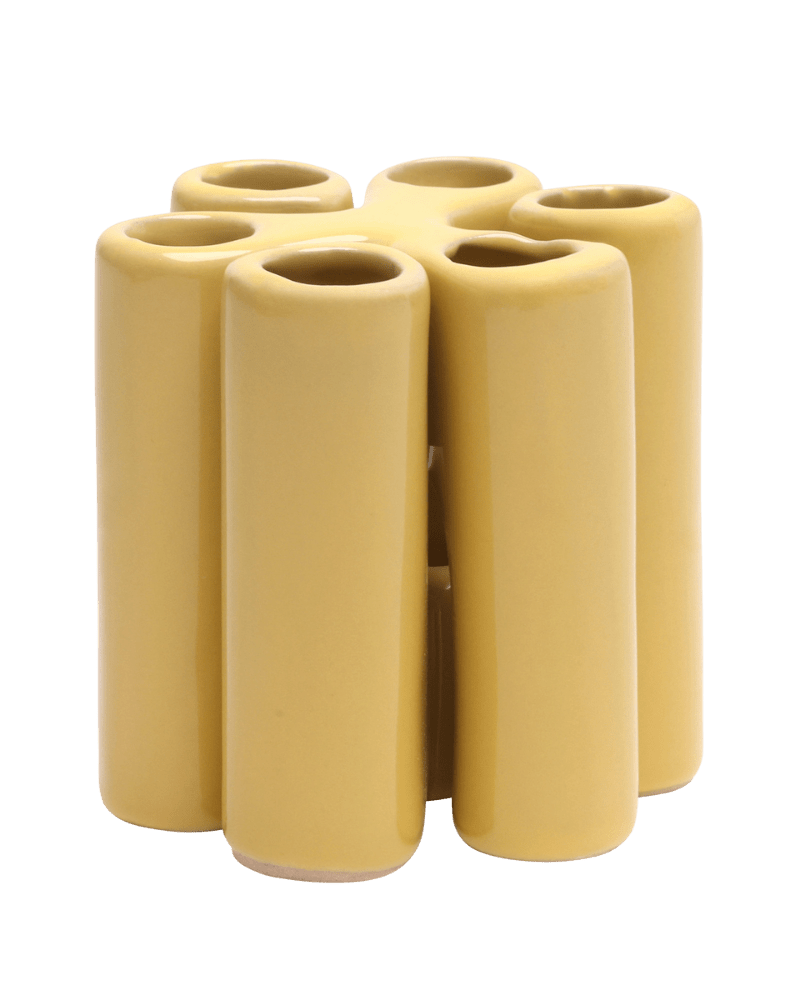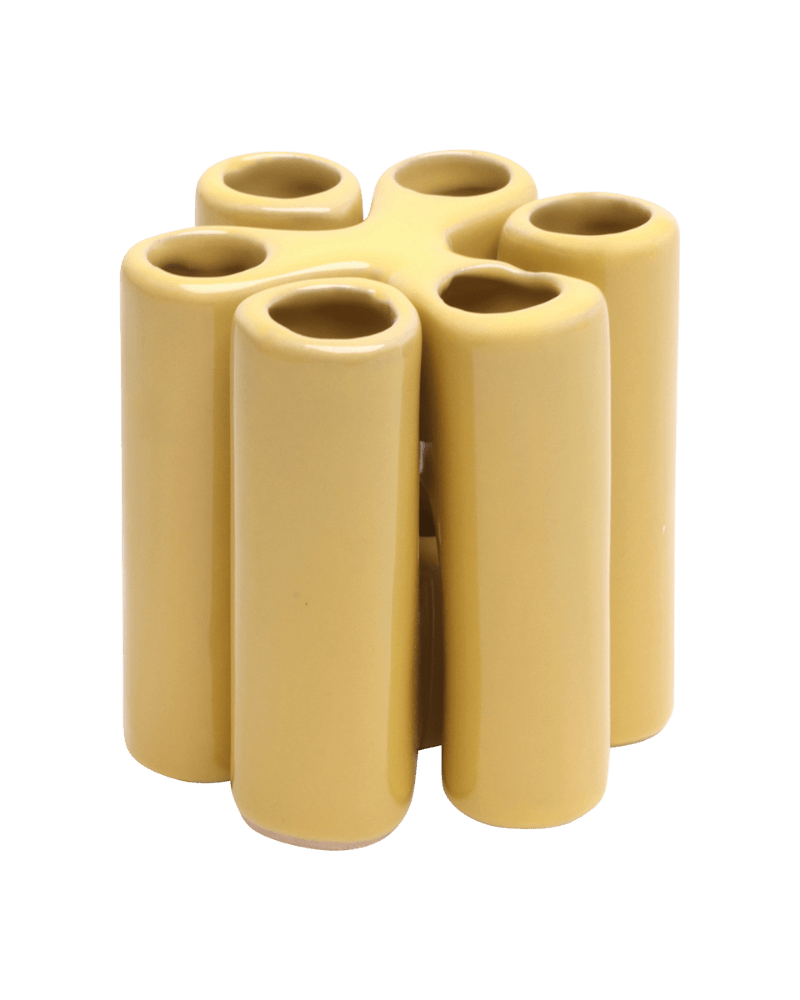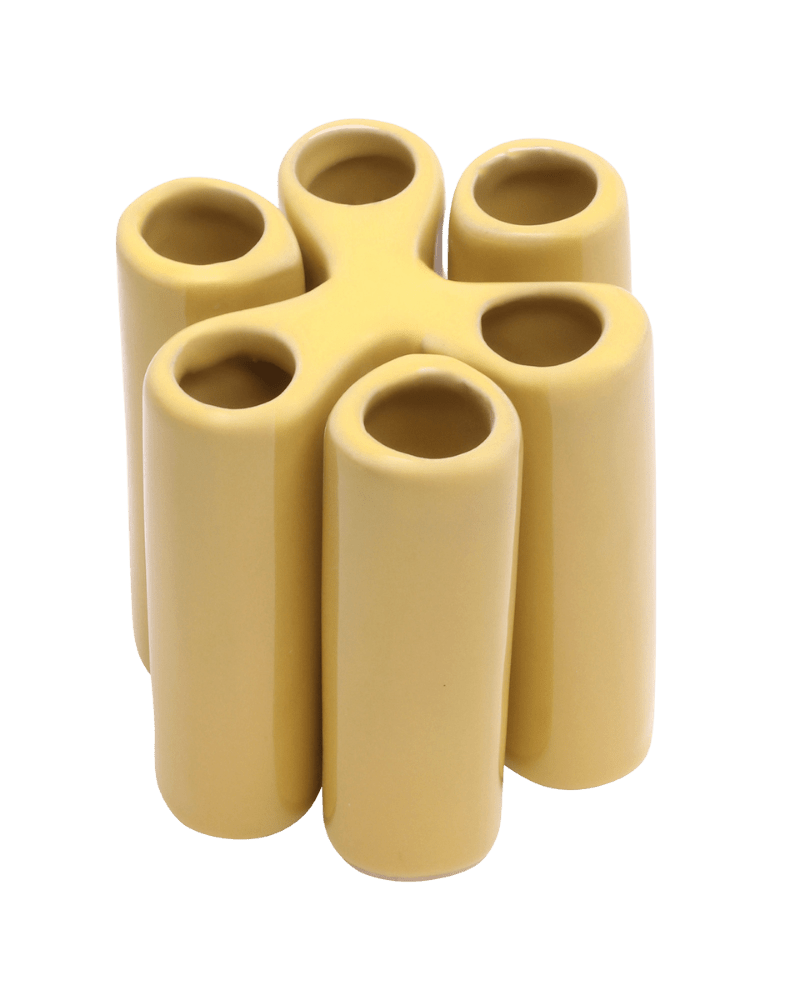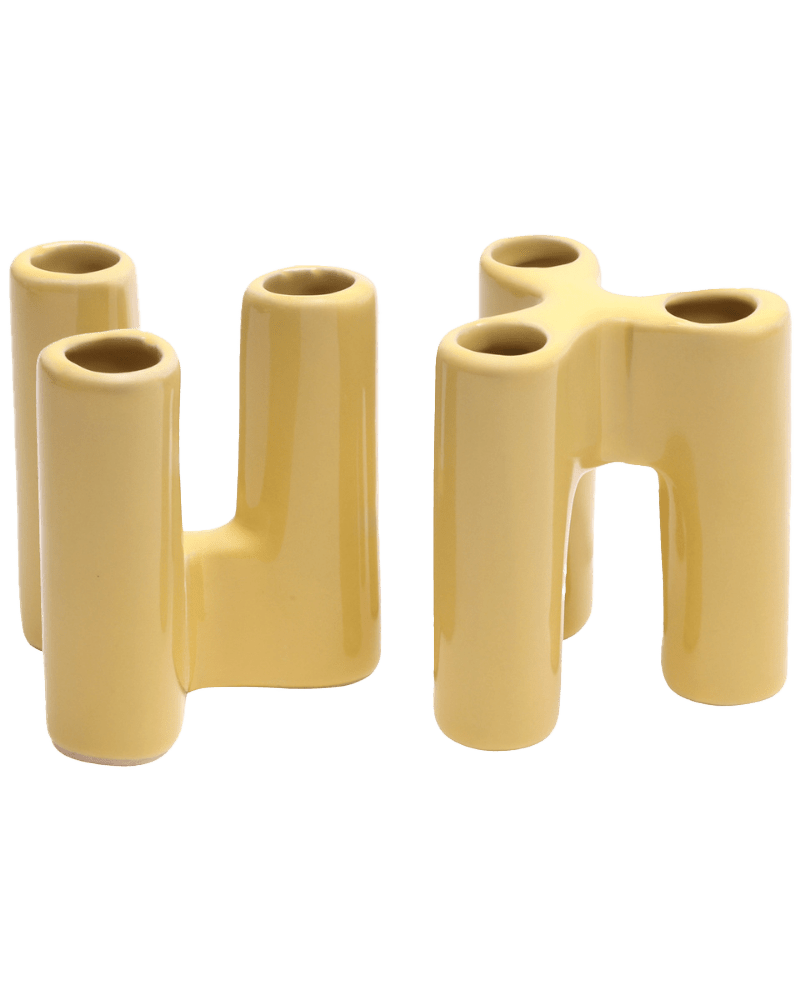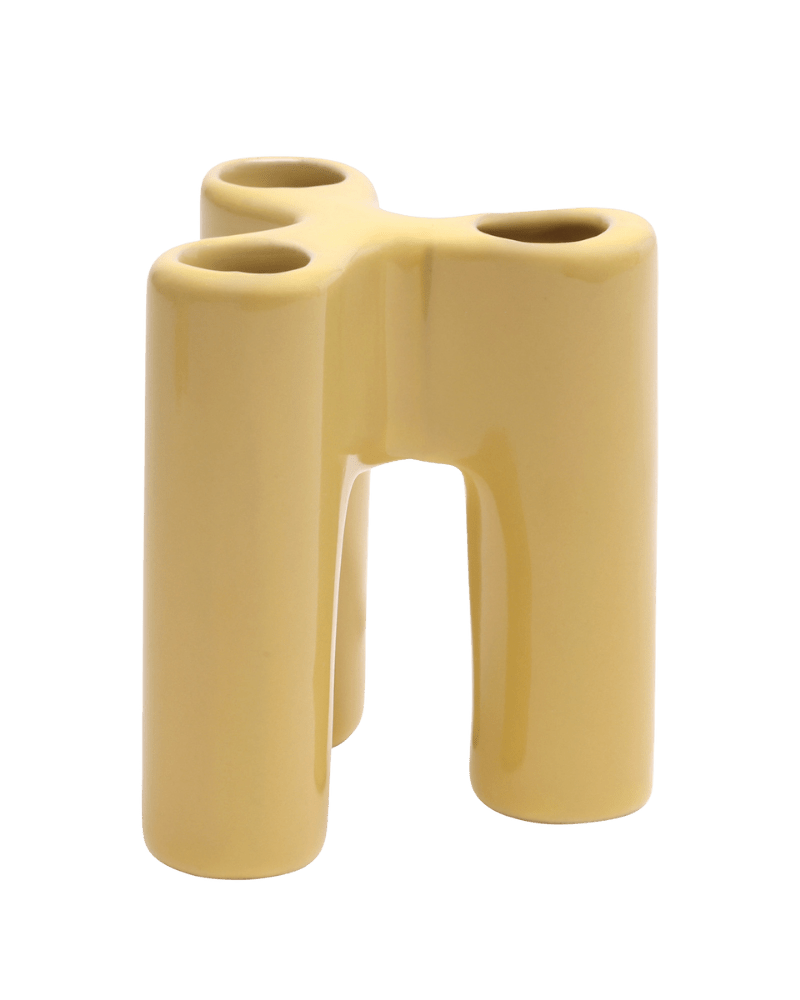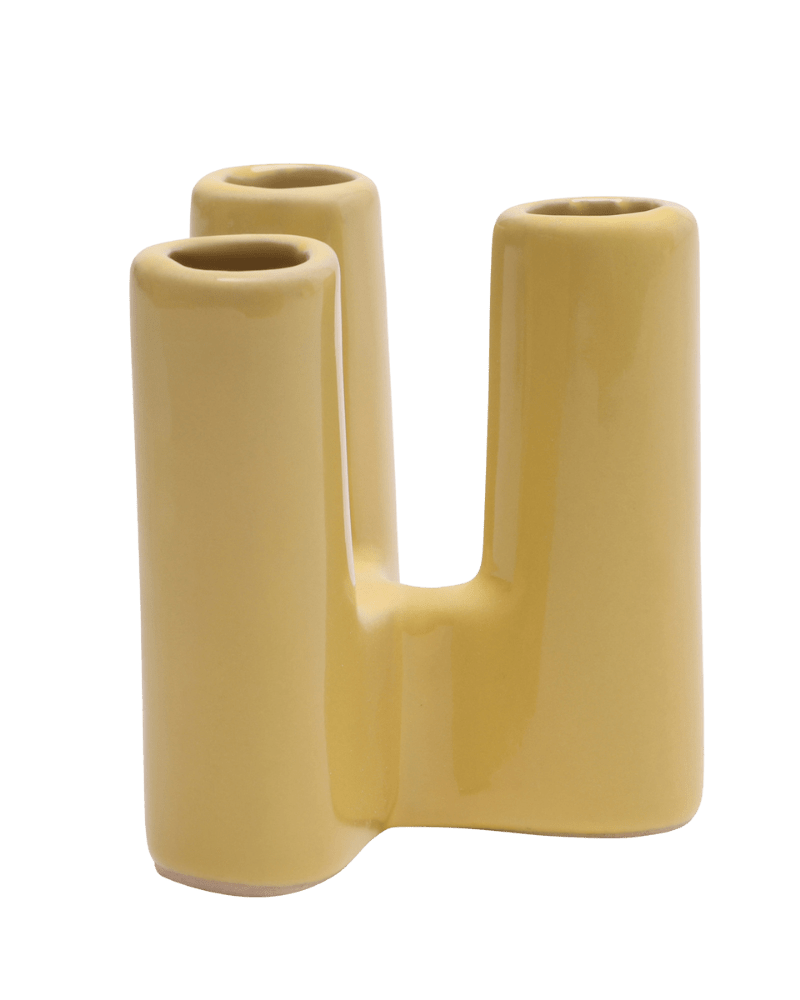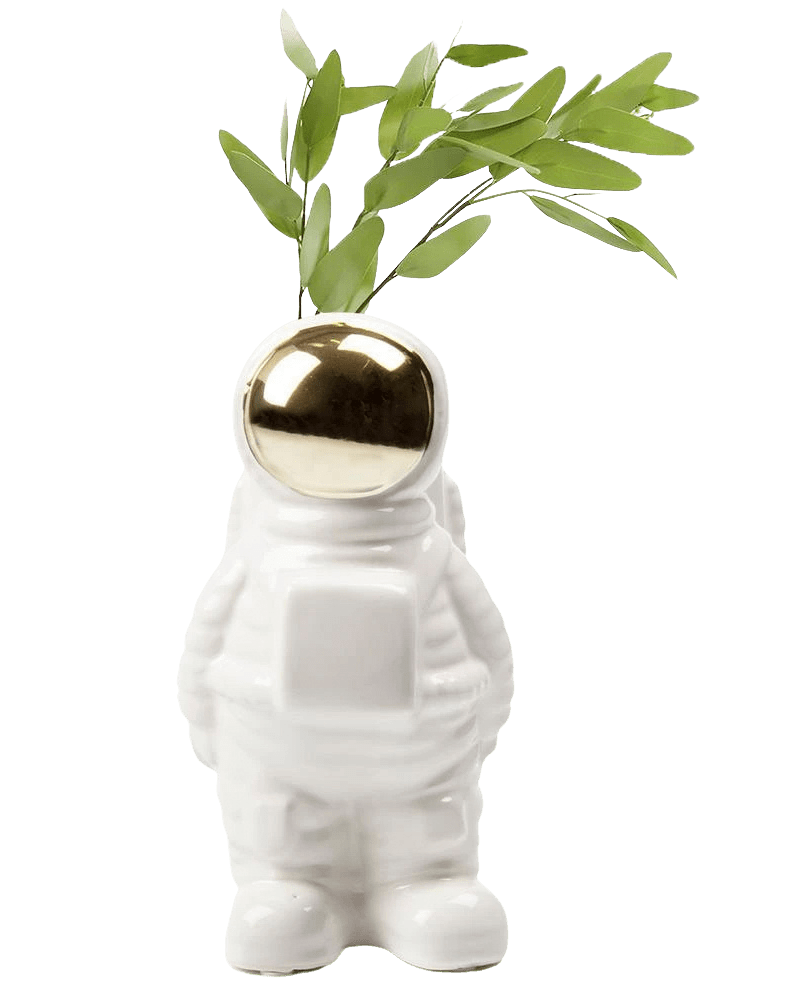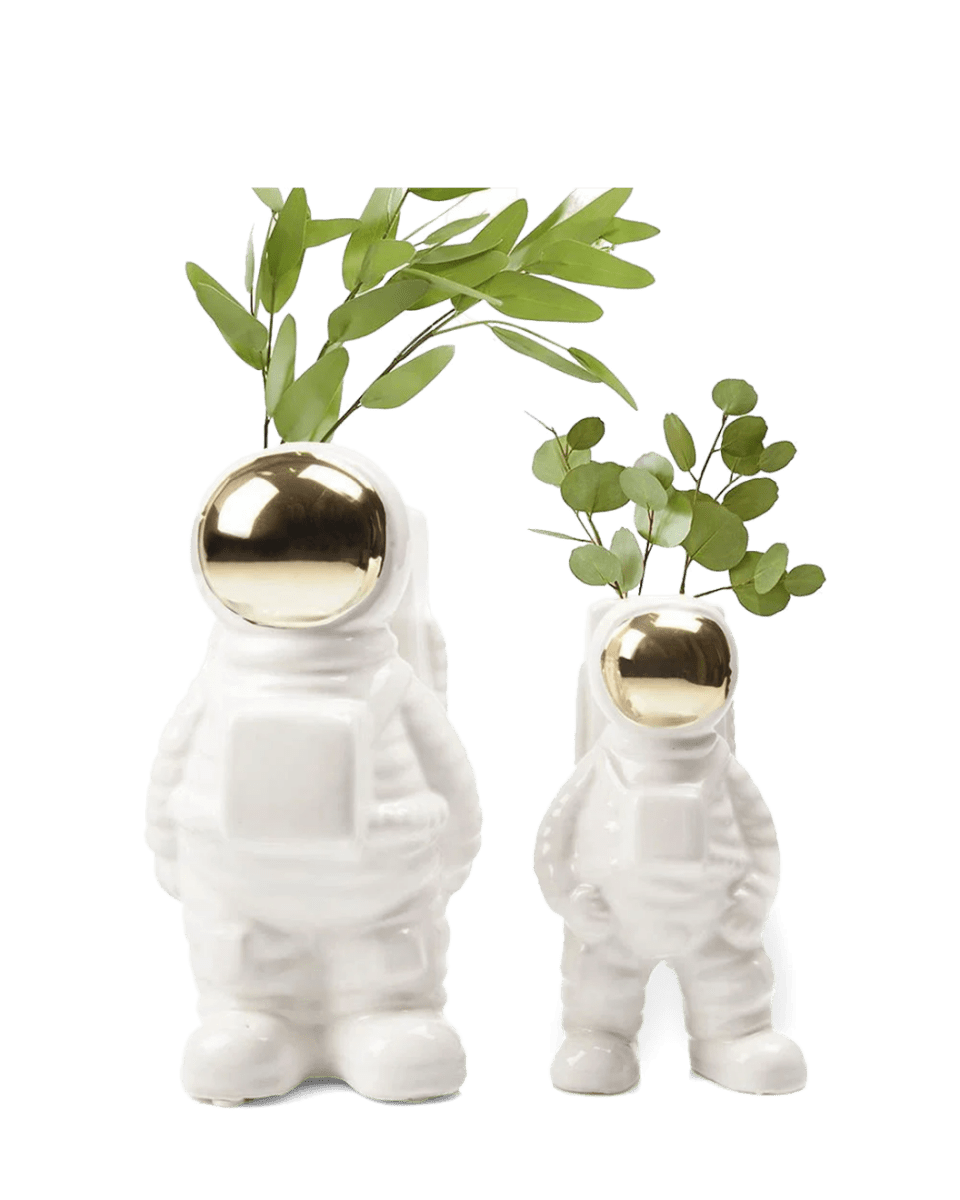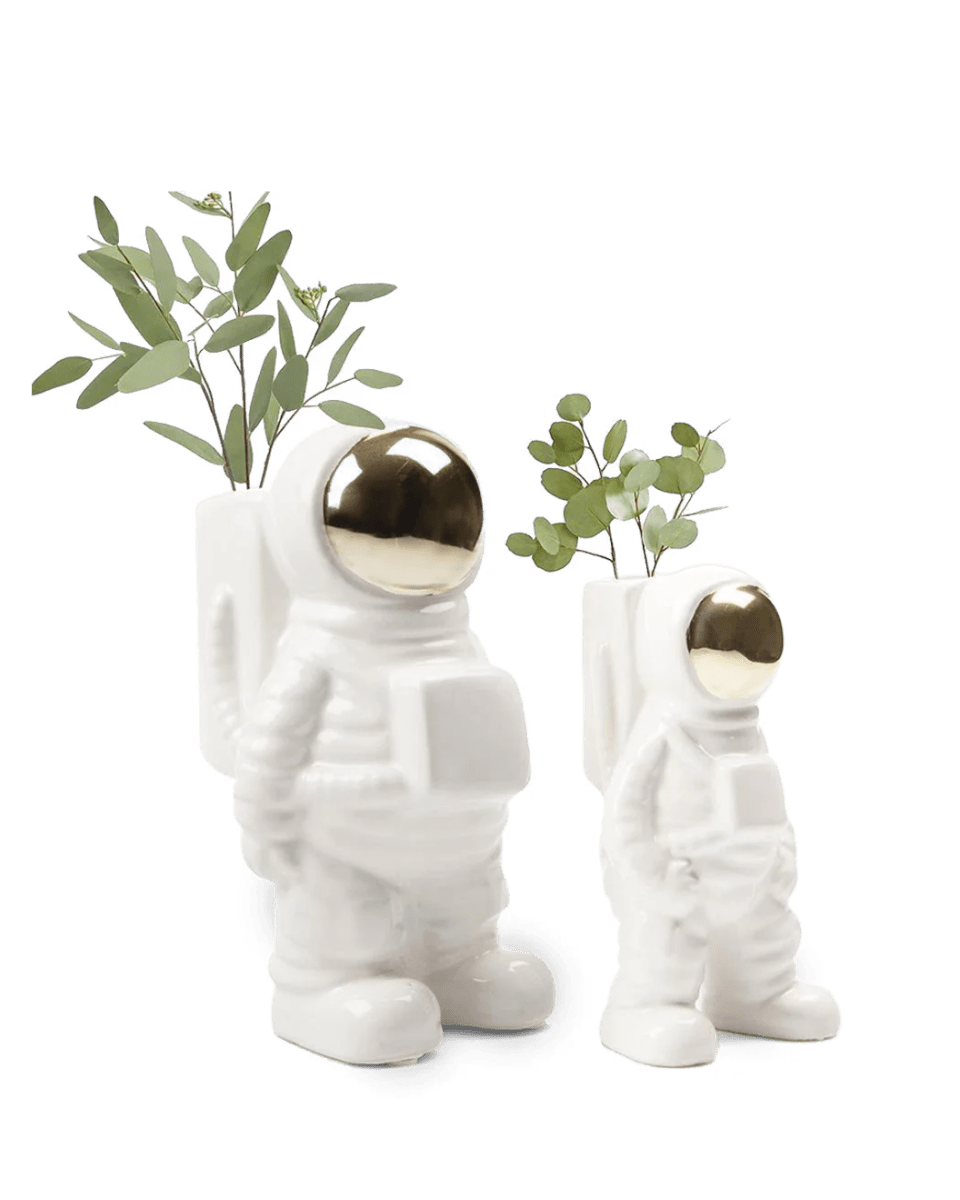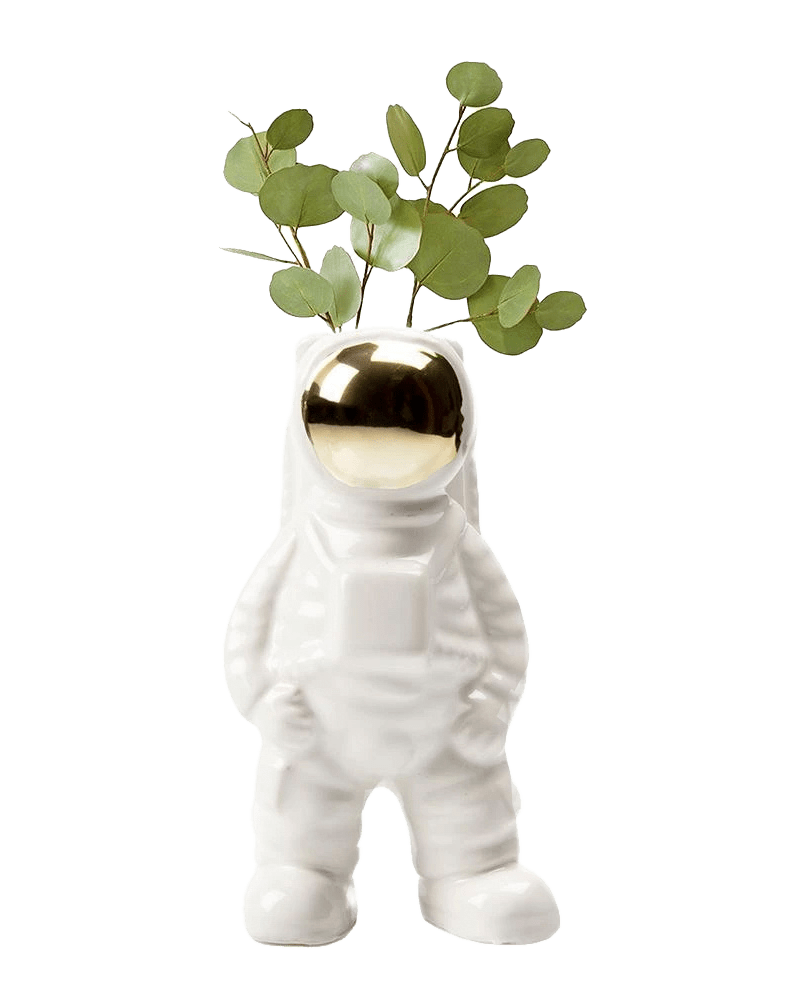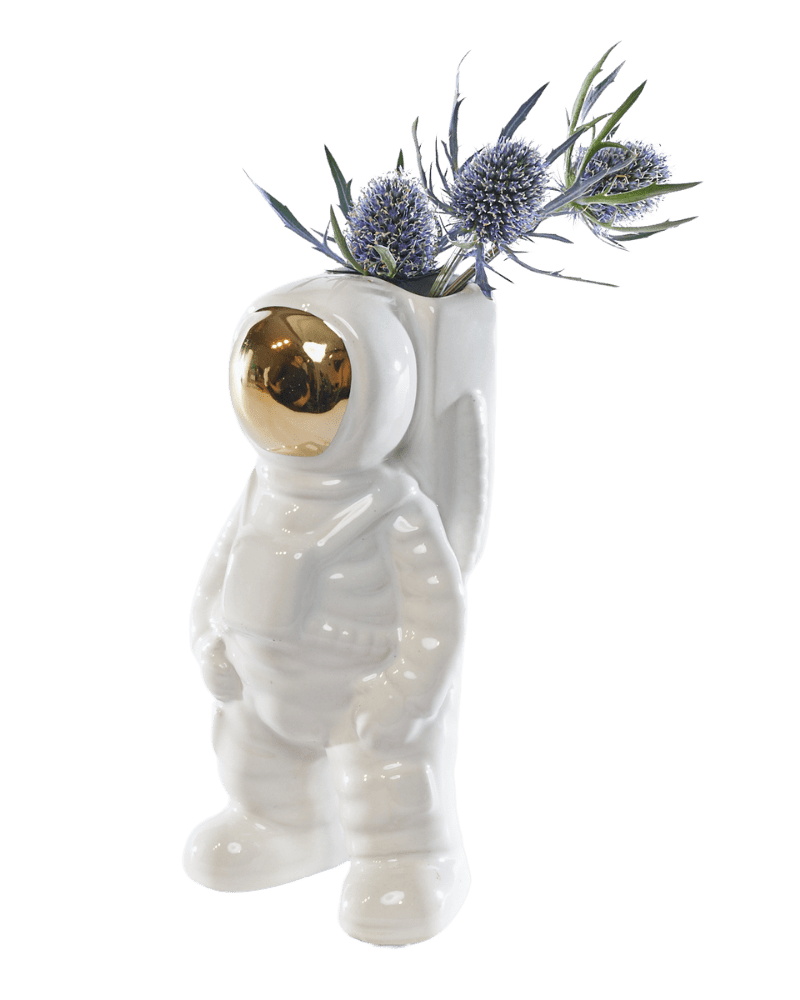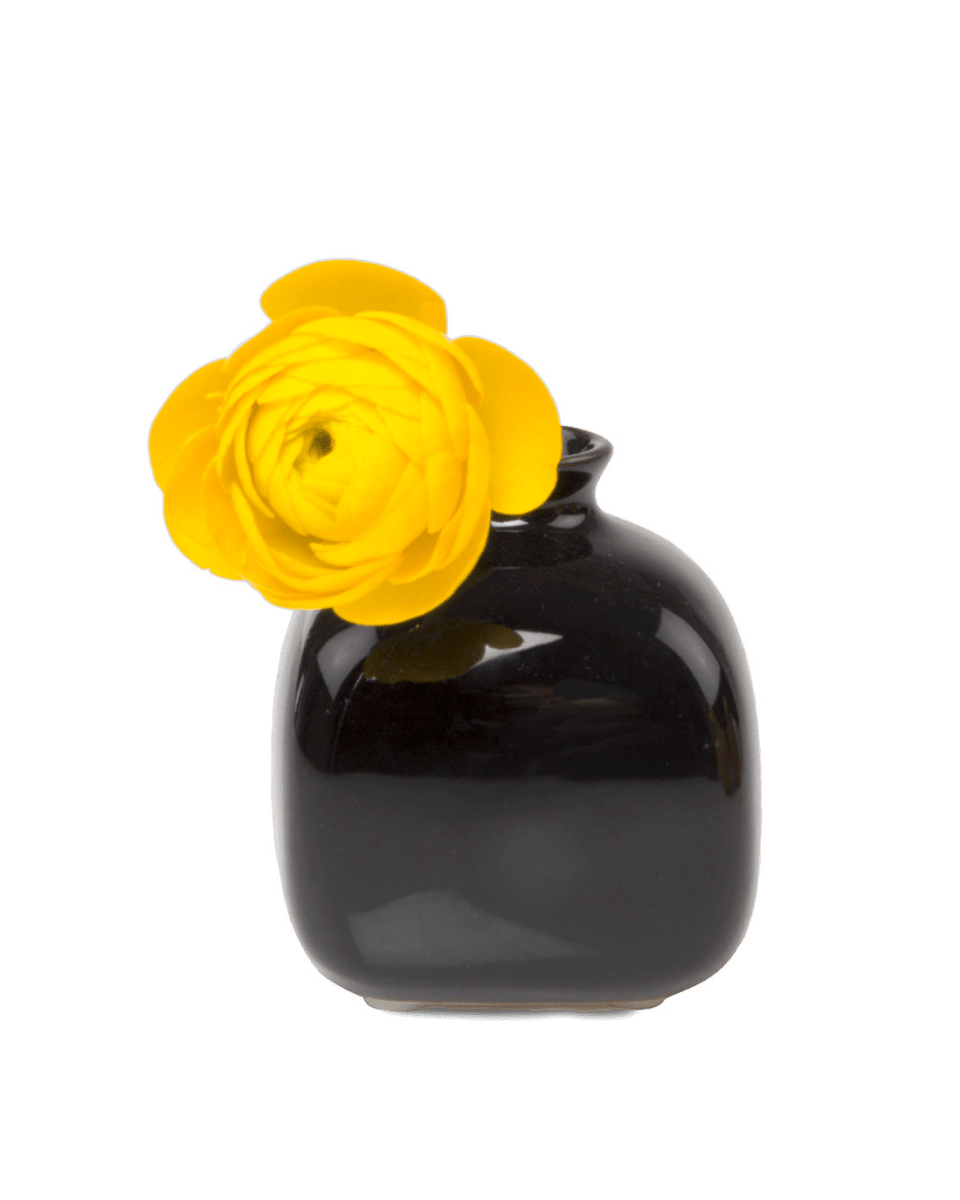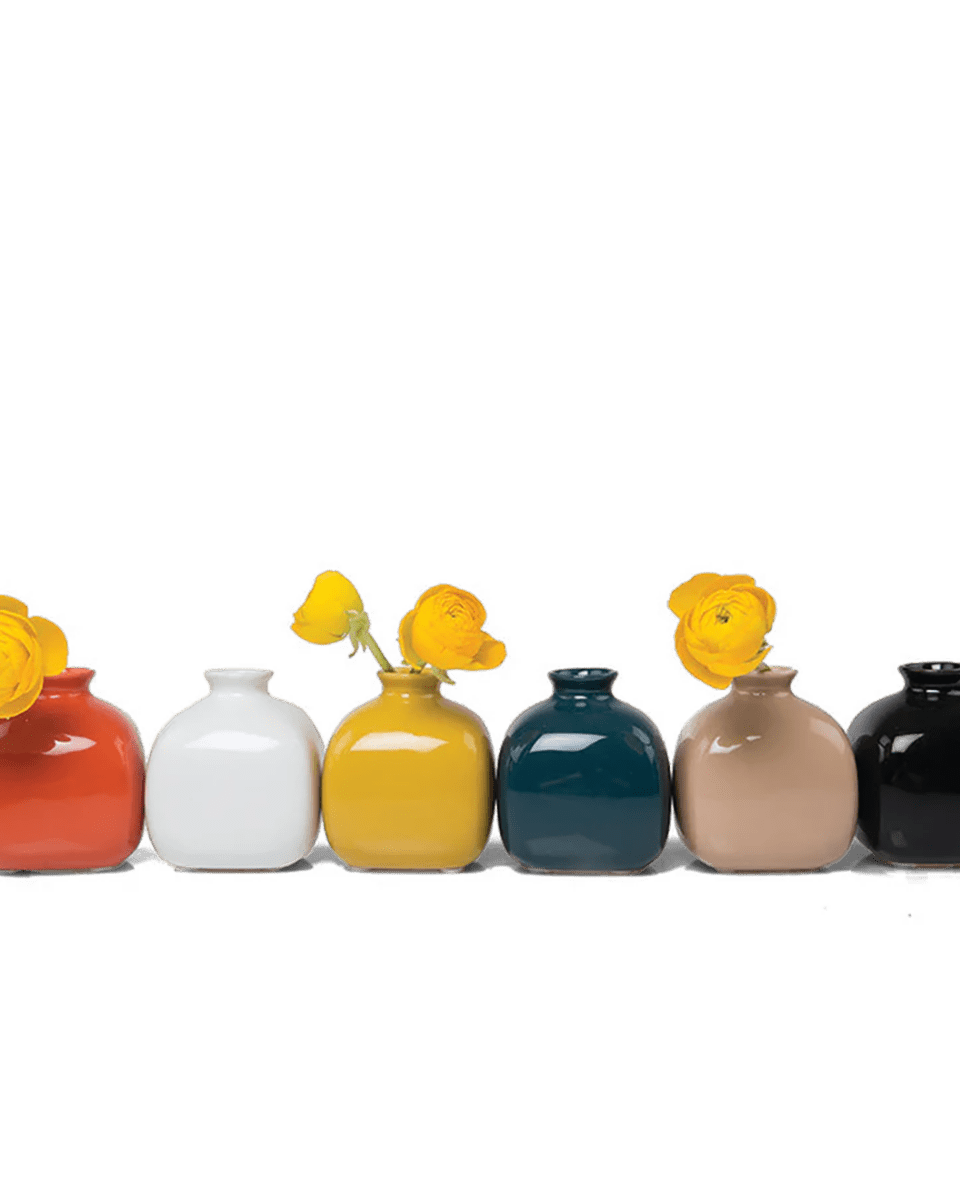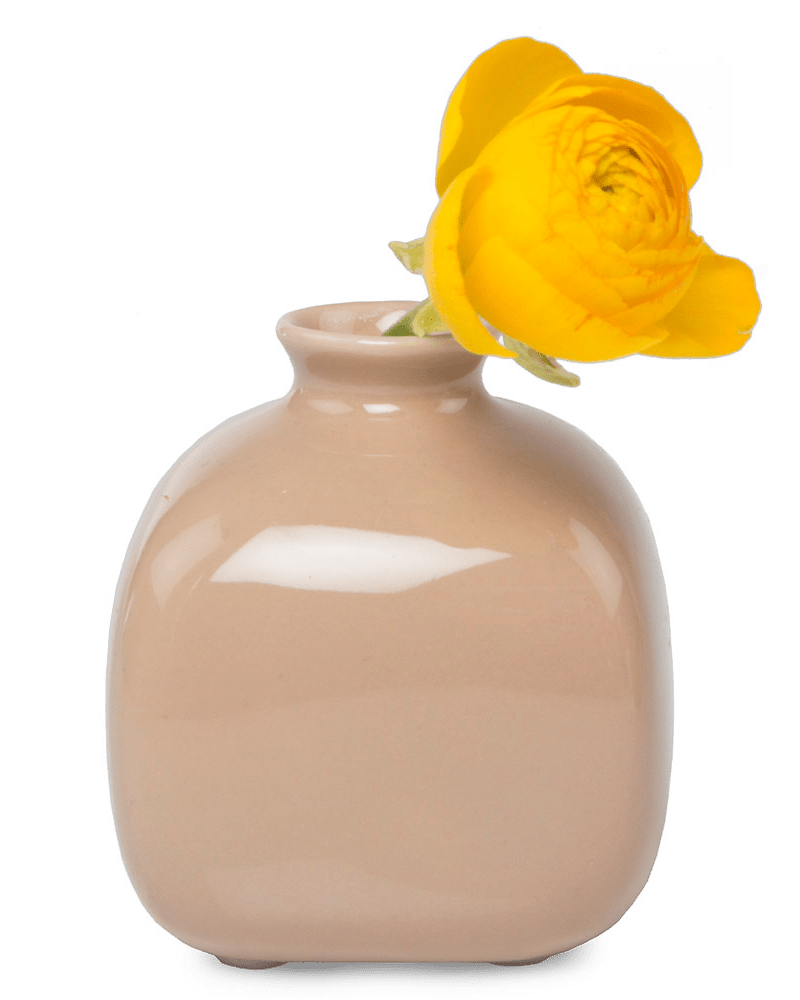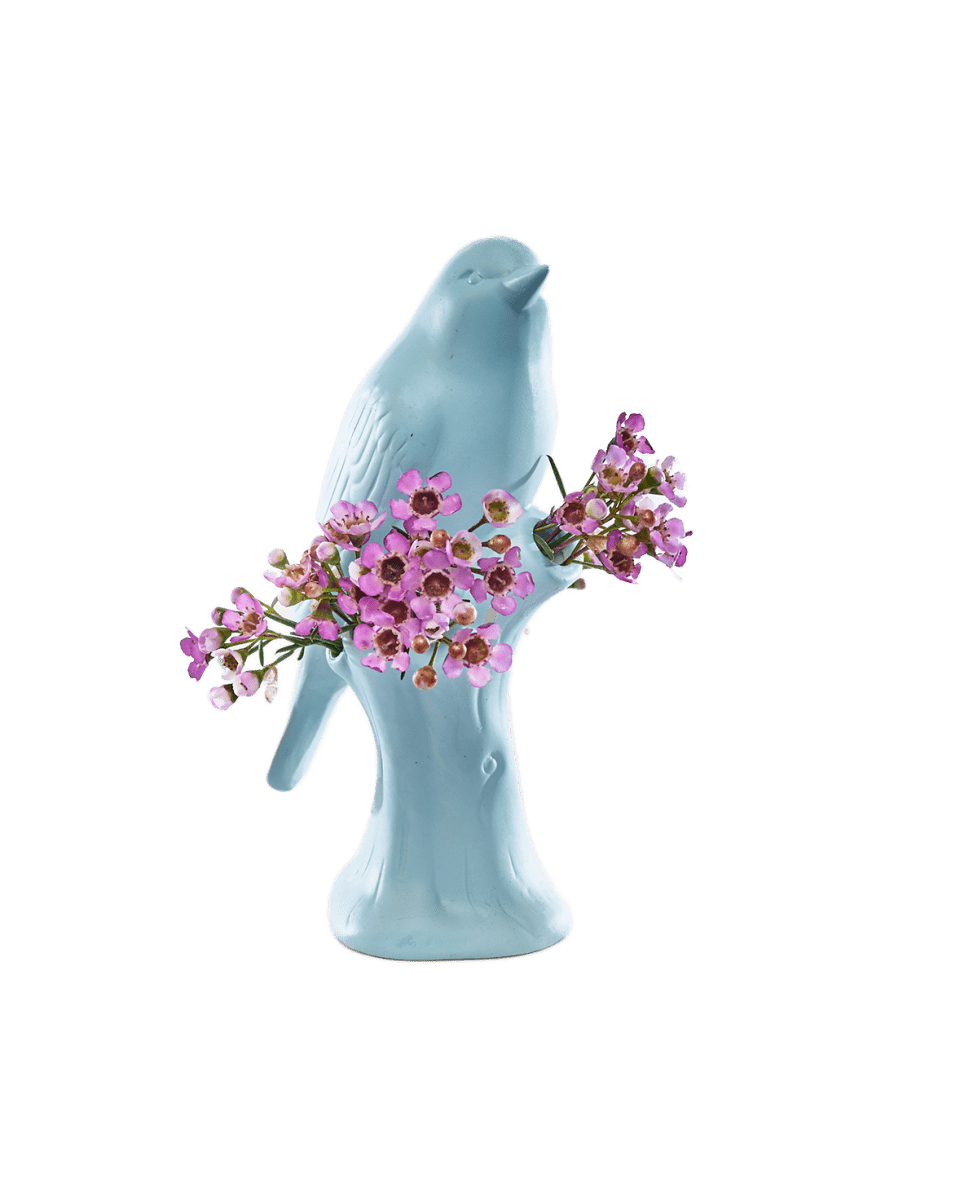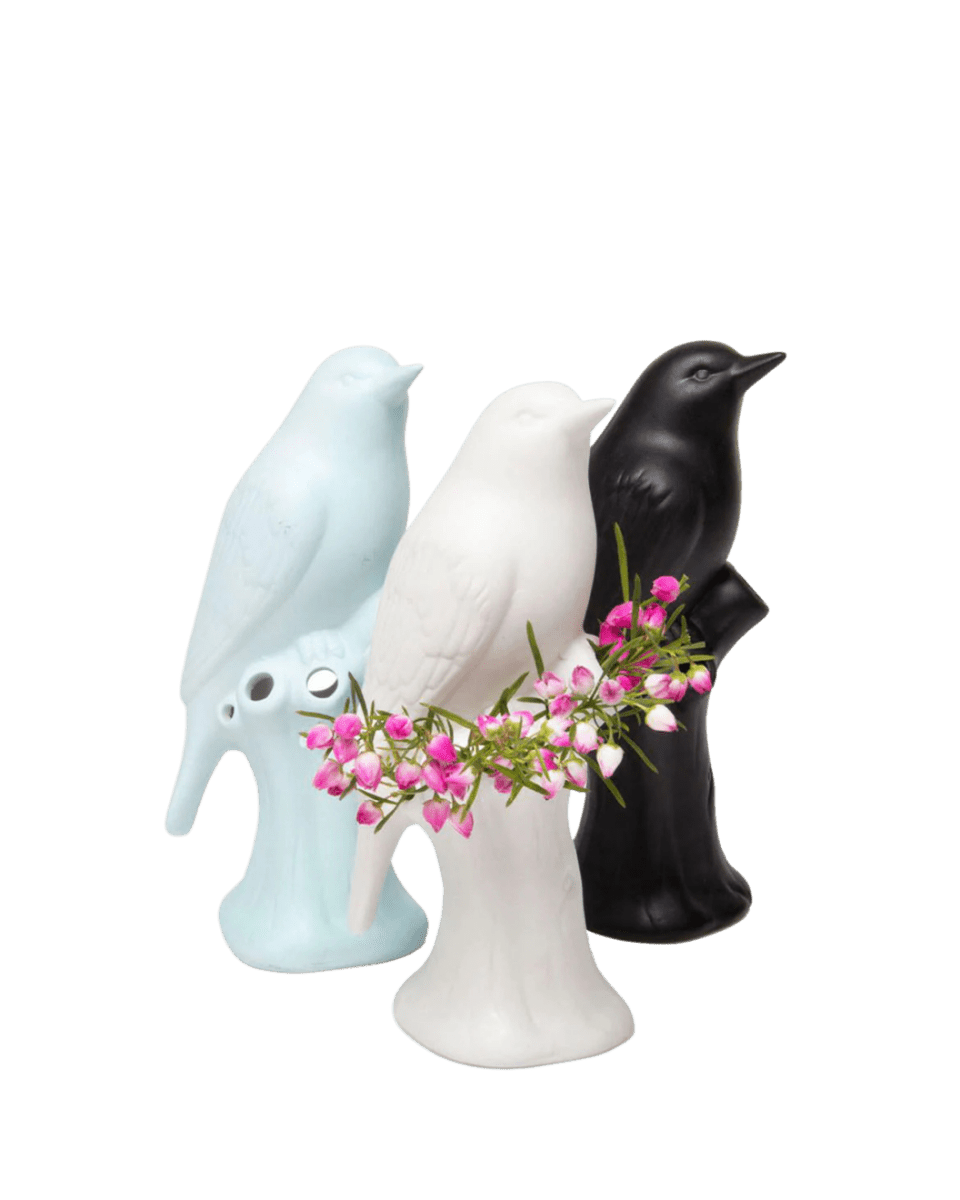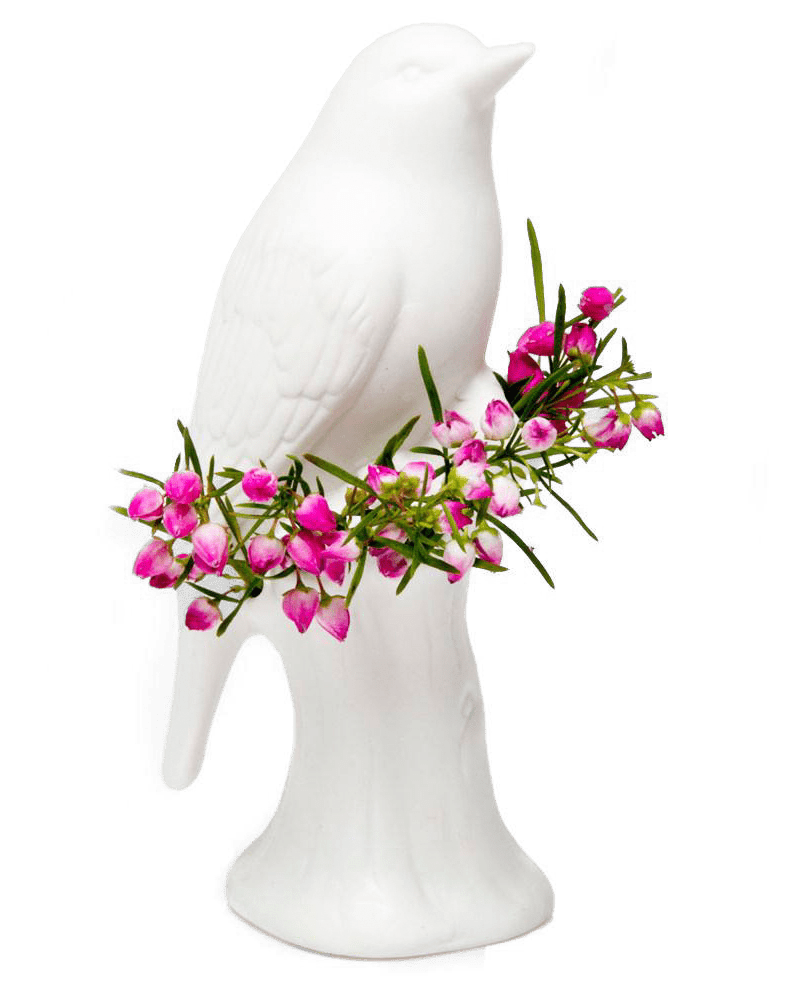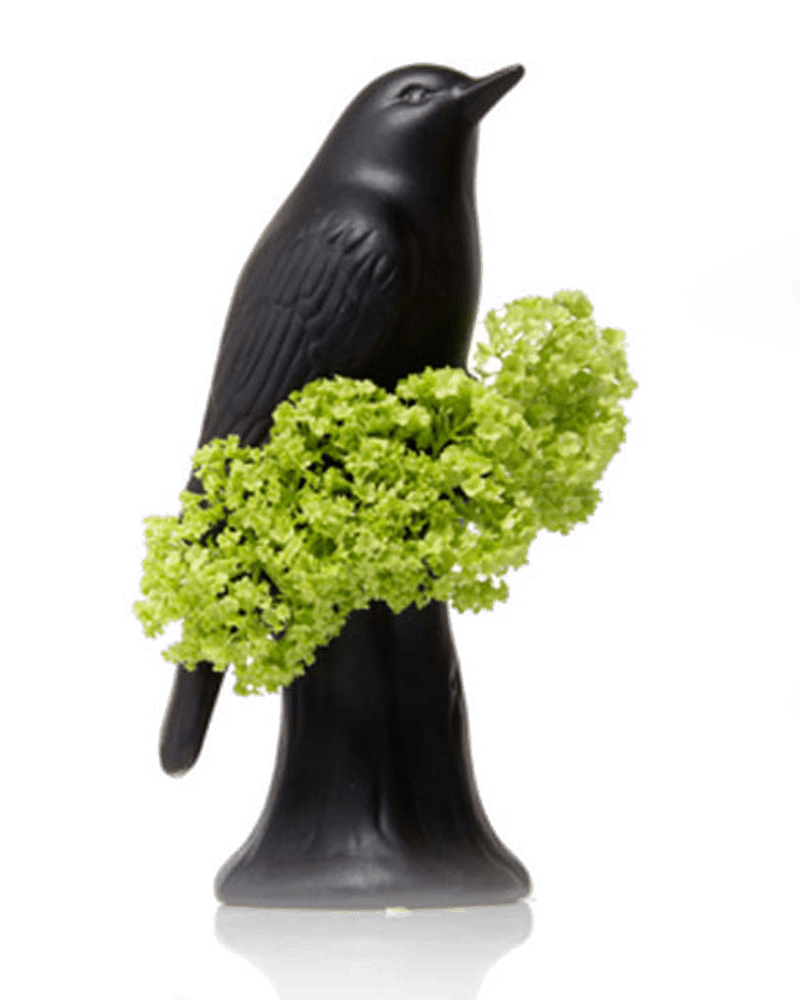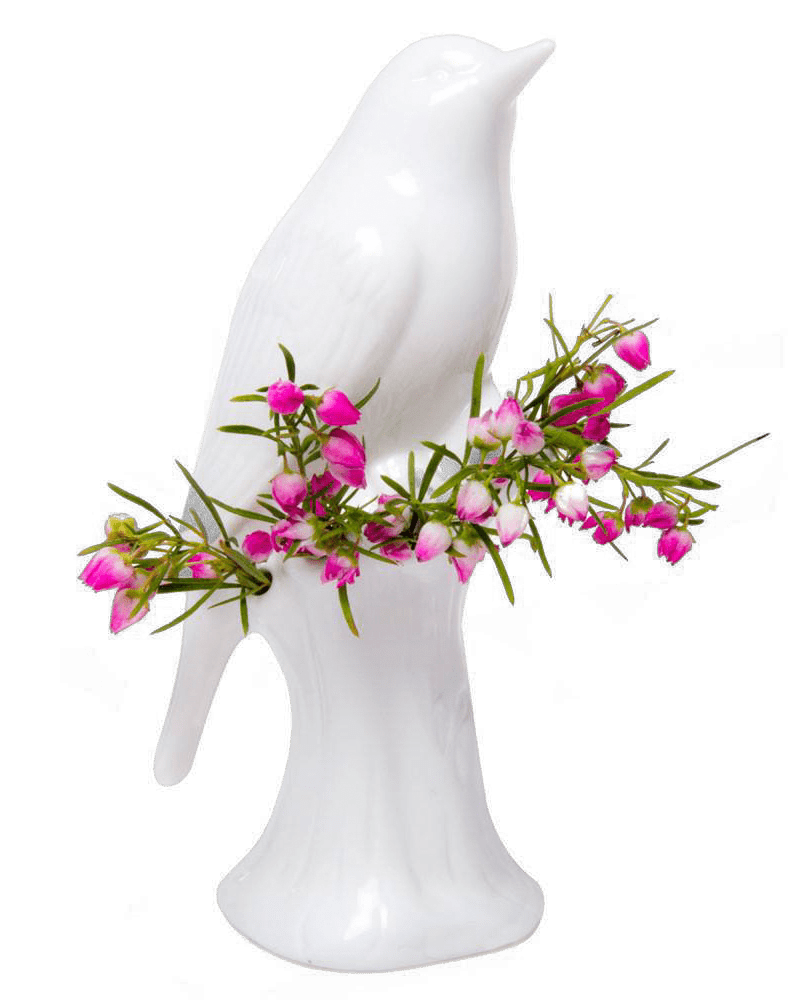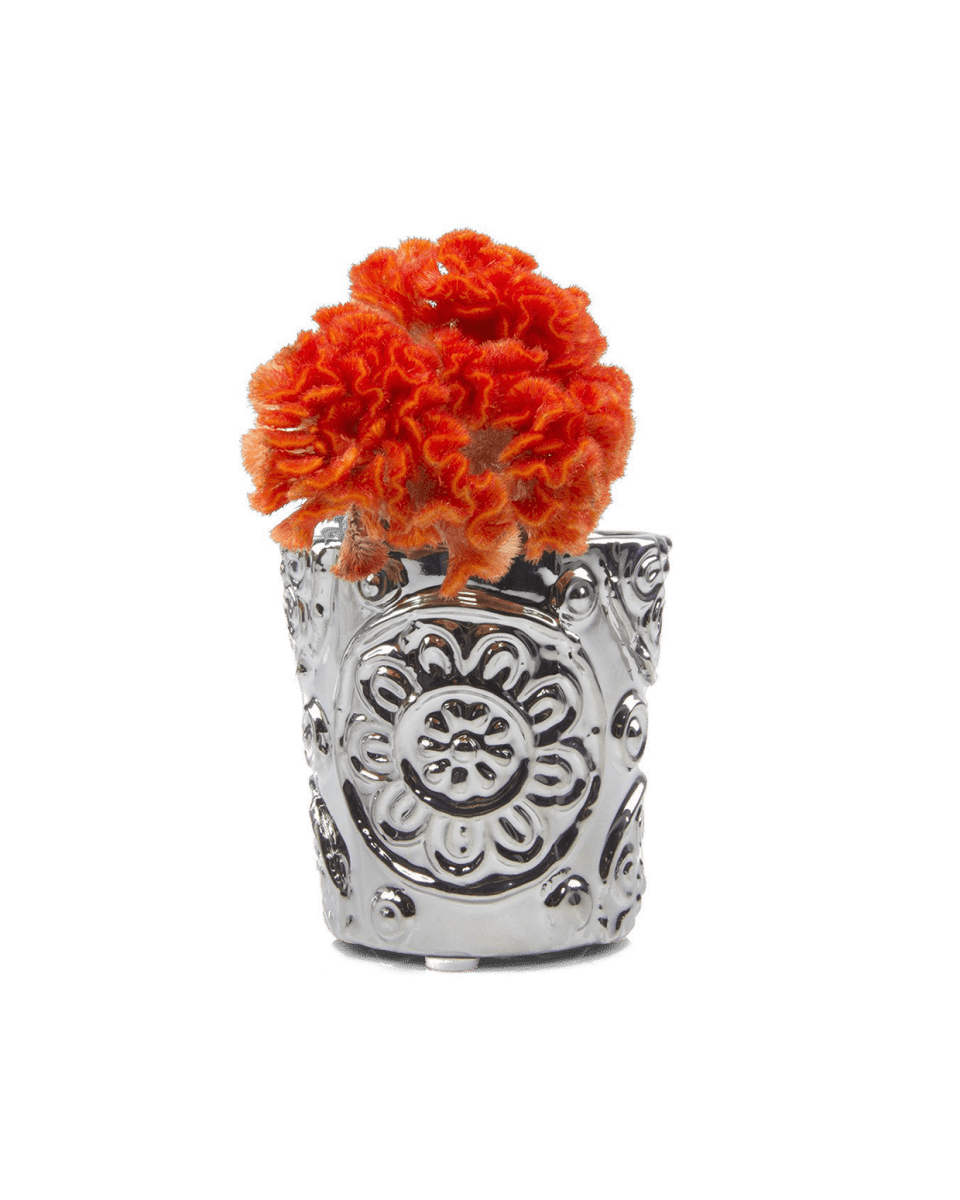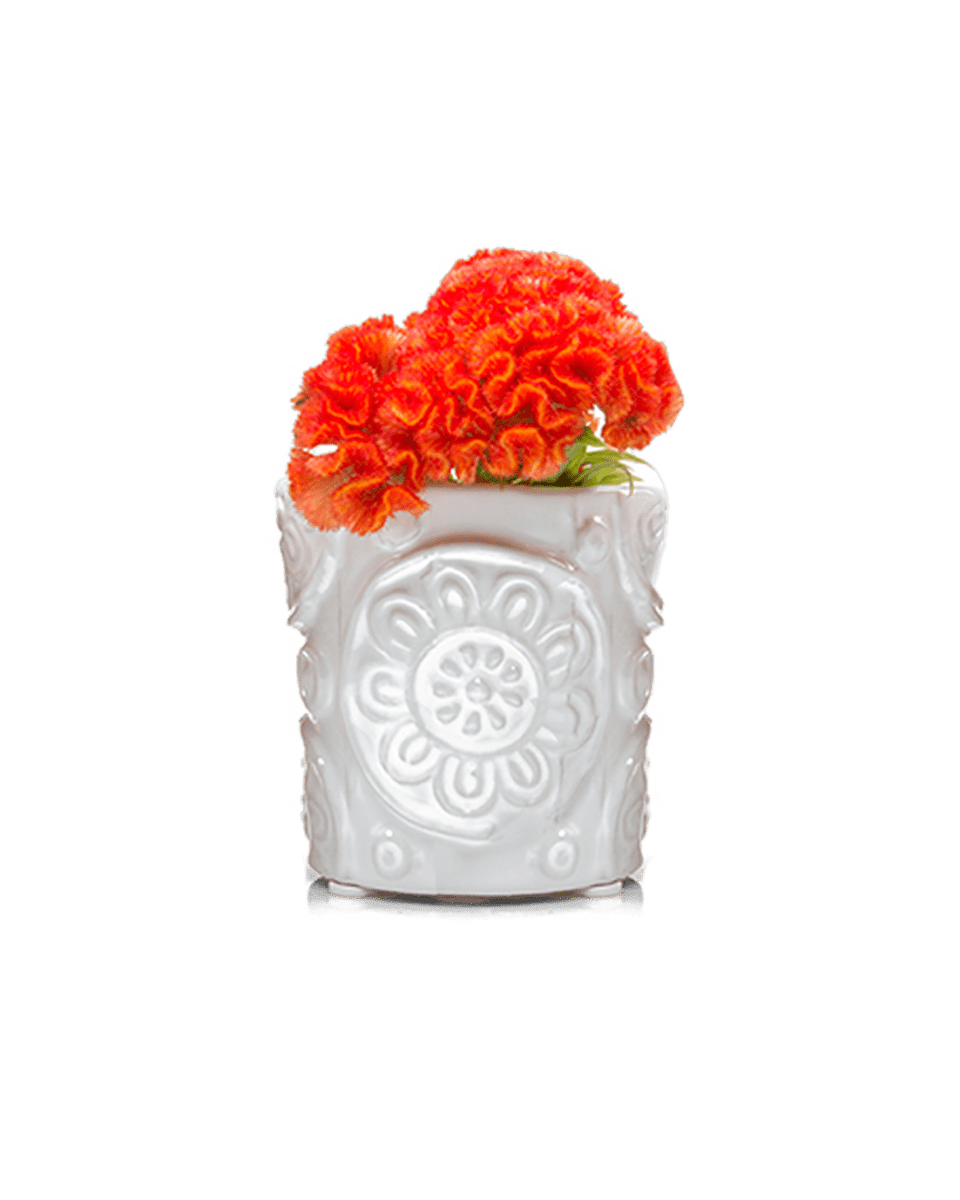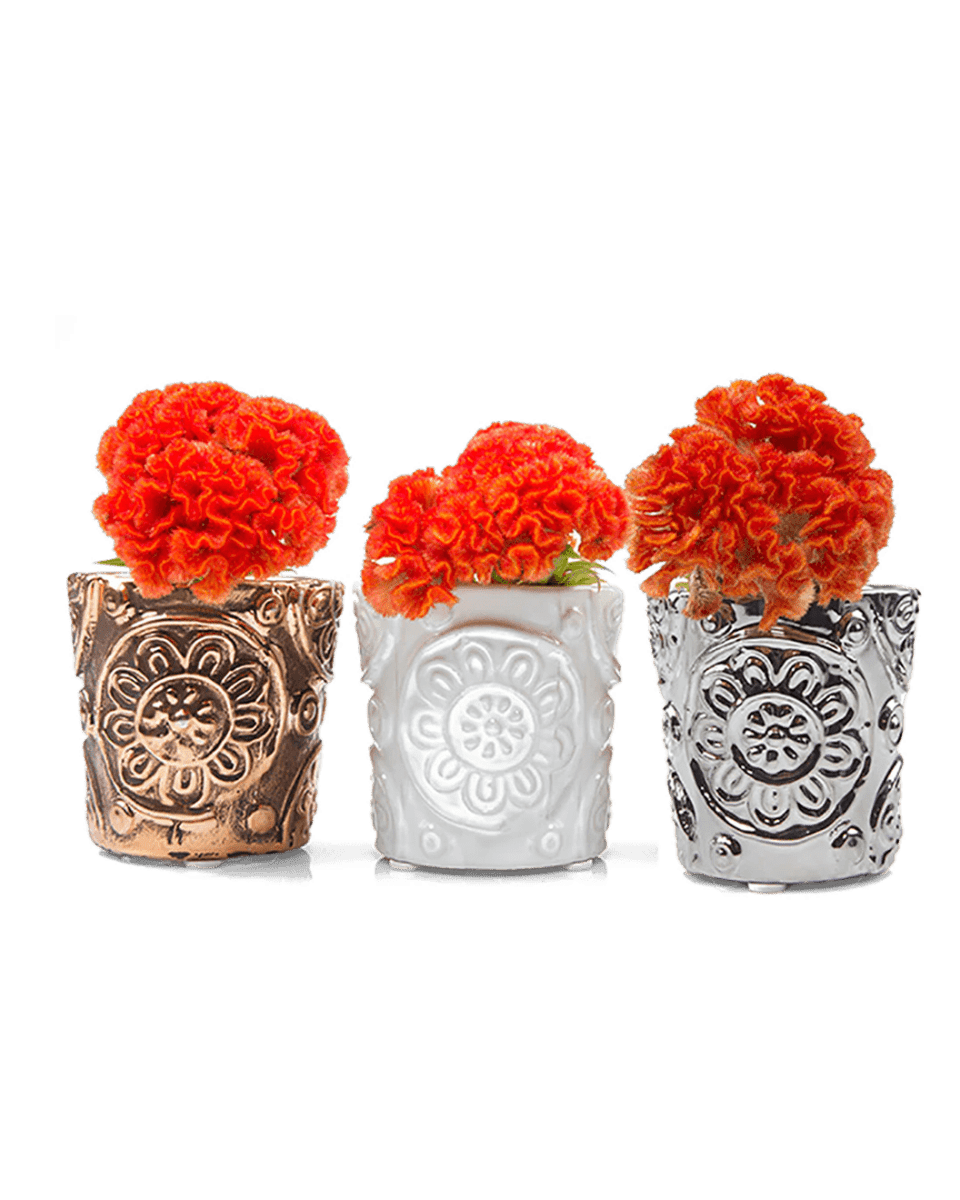The Curious Lives of Ceramic Companions
One might assume that people who spend their weekends glazing pottery have surrendered to middle age with alarming enthusiasm. Not true. The studio buzzes with the kind of manic energy usually reserved for casino floors or sample sales.
The Pooley vase stands as our crowning achievement—named after Mrs. Pooley, who once commented that our pottery resembled "something a blind person might make underwater." The vase, defiantly imperfect, somehow elevates whatever straggly stems get jammed into it. Garden weeds transform into avant-garde arrangements. Dandelions look downright presidential.
Then there's the bird vase, whittled during that phase when everyone briefly believed they could "just whittle something." The bird resembles a chicken that's witnessed a murder—perpetually startled, eternally traumatized. Guests inevitably pick it up, turning it over with puzzled expressions before setting it down with exaggerated care, as if returning a grenade to its display case.
The astronaut emerged during that collective obsession that strikes humanity every eight years when solar eclipses appear in the neighborhood. The studio filled with amateur astronomers wearing welding masks and clutching pinhole cameras made from cereal boxes. Someone suggested creating eclipse-inspired pottery, and suddenly everyone sculpted space helmets onto vases with the conviction of NASA engineers.
These ceramic oddities serve as excellent conversation pieces, particularly when conversation has otherwise died. Nothing revives small talk quite like explaining why someone chose to create a vase shaped like an astronaut experiencing an existential crisis. The pottery wheel spins on, and with it, the strange and wonderful creations that nobody asked for but everyone secretly wants.
Ceramic Vases
The Curious Lives of Ceramic Companions
One might assume that people who spend their weekends glazing pottery have surrendered to middle age with alarming enthusiasm. Not true. The studio buzzes with the kind of manic energy usually reserved for casino floors or sample sales.
The Pooley vase stands as our crowning achievement—named after Mrs. Pooley, who once commented that our pottery resembled "something a blind person might make underwater." The vase, defiantly imperfect, somehow elevates whatever straggly stems get jammed into it. Garden weeds transform into avant-garde arrangements. Dandelions look downright presidential.
Then there's the bird vase, whittled during that phase when everyone briefly believed they could "just whittle something." The bird resembles a chicken that's witnessed a murder—perpetually startled, eternally traumatized. Guests inevitably pick it up, turning it over with puzzled expressions before setting it down with exaggerated care, as if returning a grenade to its display case.
The astronaut emerged during that collective obsession that strikes humanity every eight years when solar eclipses appear in the neighborhood. The studio filled with amateur astronomers wearing welding masks and clutching pinhole cameras made from cereal boxes. Someone suggested creating eclipse-inspired pottery, and suddenly everyone sculpted space helmets onto vases with the conviction of NASA engineers.
These ceramic oddities serve as excellent conversation pieces, particularly when conversation has otherwise died. Nothing revives small talk quite like explaining why someone chose to create a vase shaped like an astronaut experiencing an existential crisis. The pottery wheel spins on, and with it, the strange and wonderful creations that nobody asked for but everyone secretly wants.
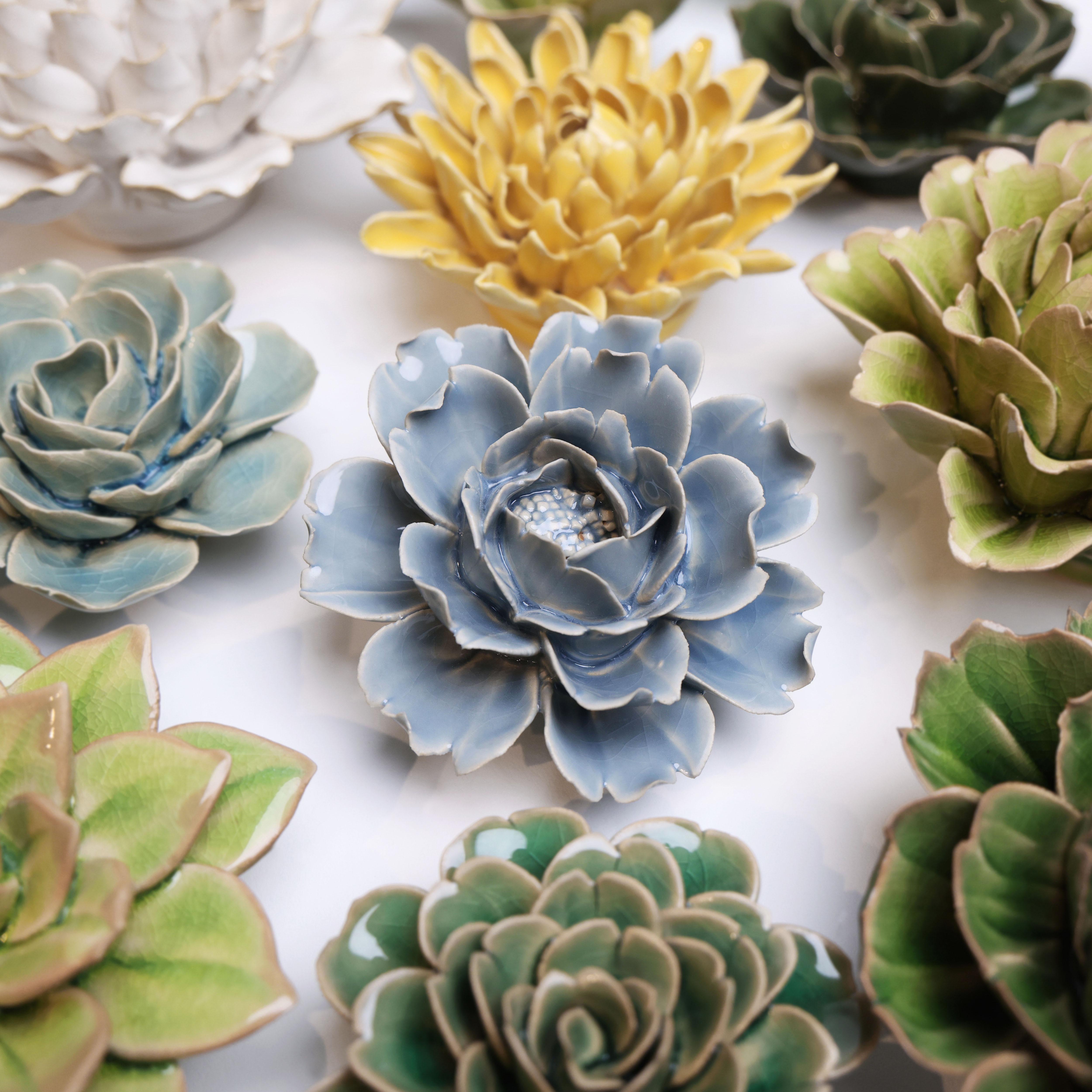
Why let your flowers die when they can live forever?
These low-maintenance beauties can hang as wall art or add a pop of color to your tablescape, without ever needing water or sunlight. Perfect for those who want to show they care, but not enough to remember to water real flowers. They also make a perfect gift for someone who appreciates beauty without the commitment—because who has time to keep flowers alive, anyway?



